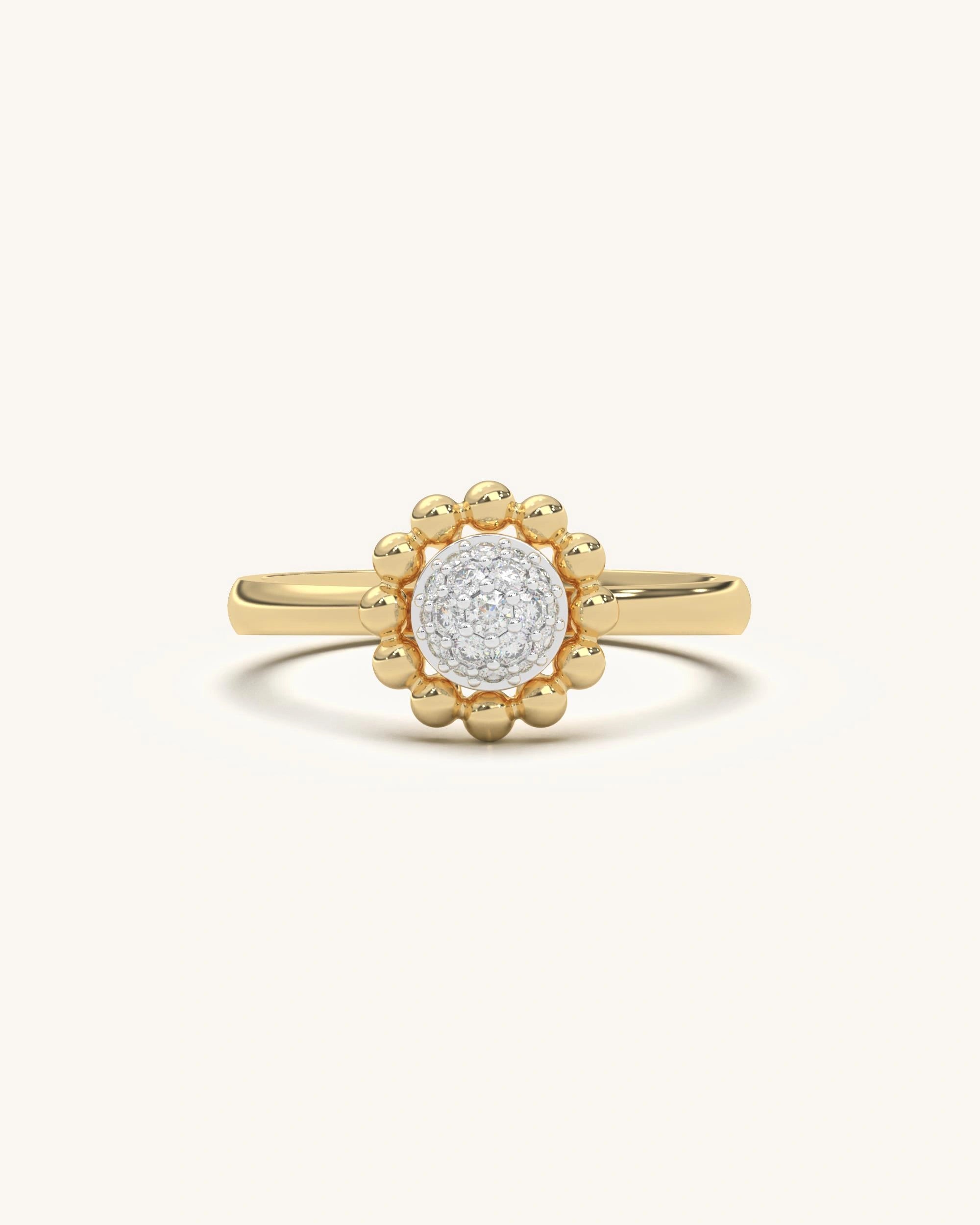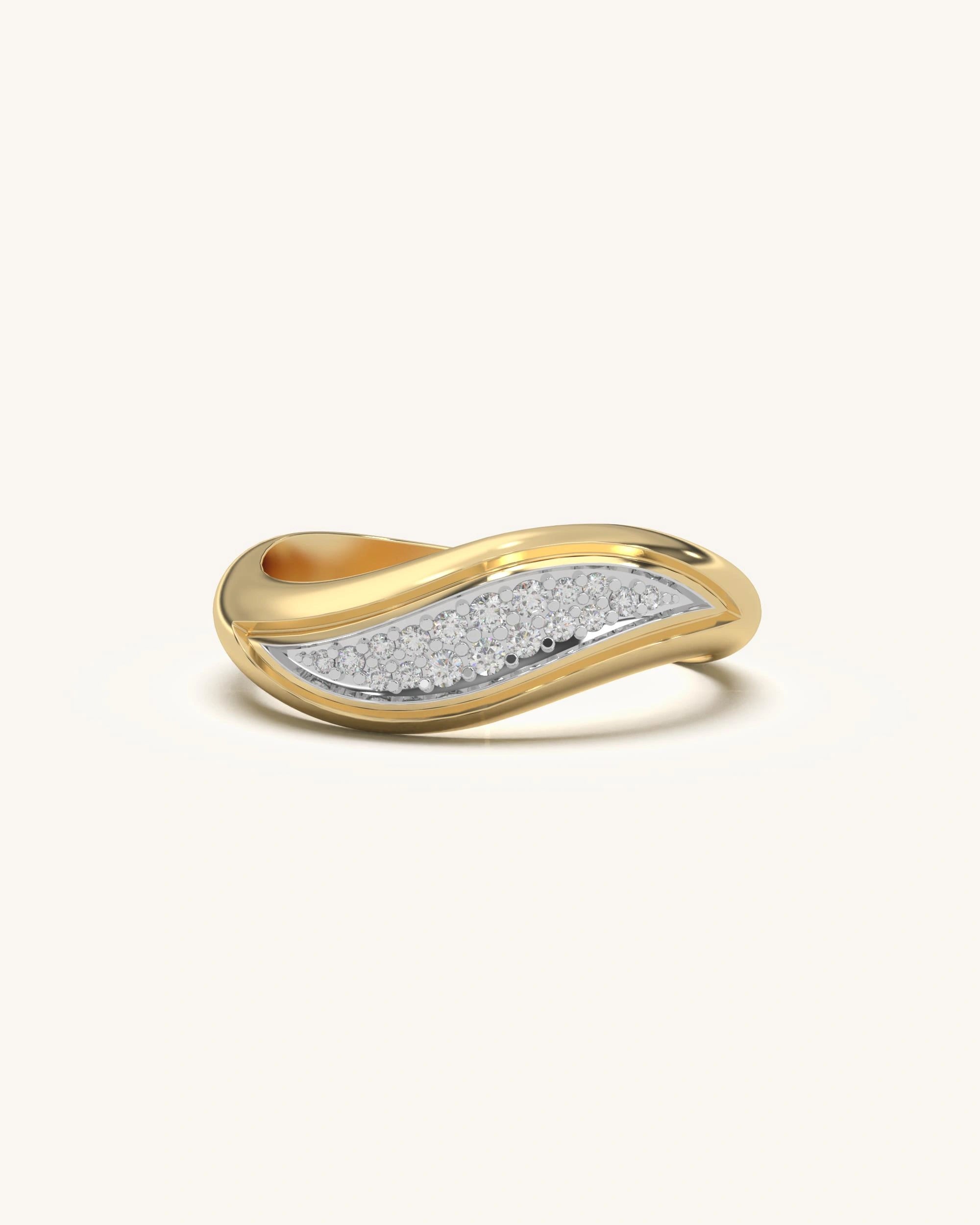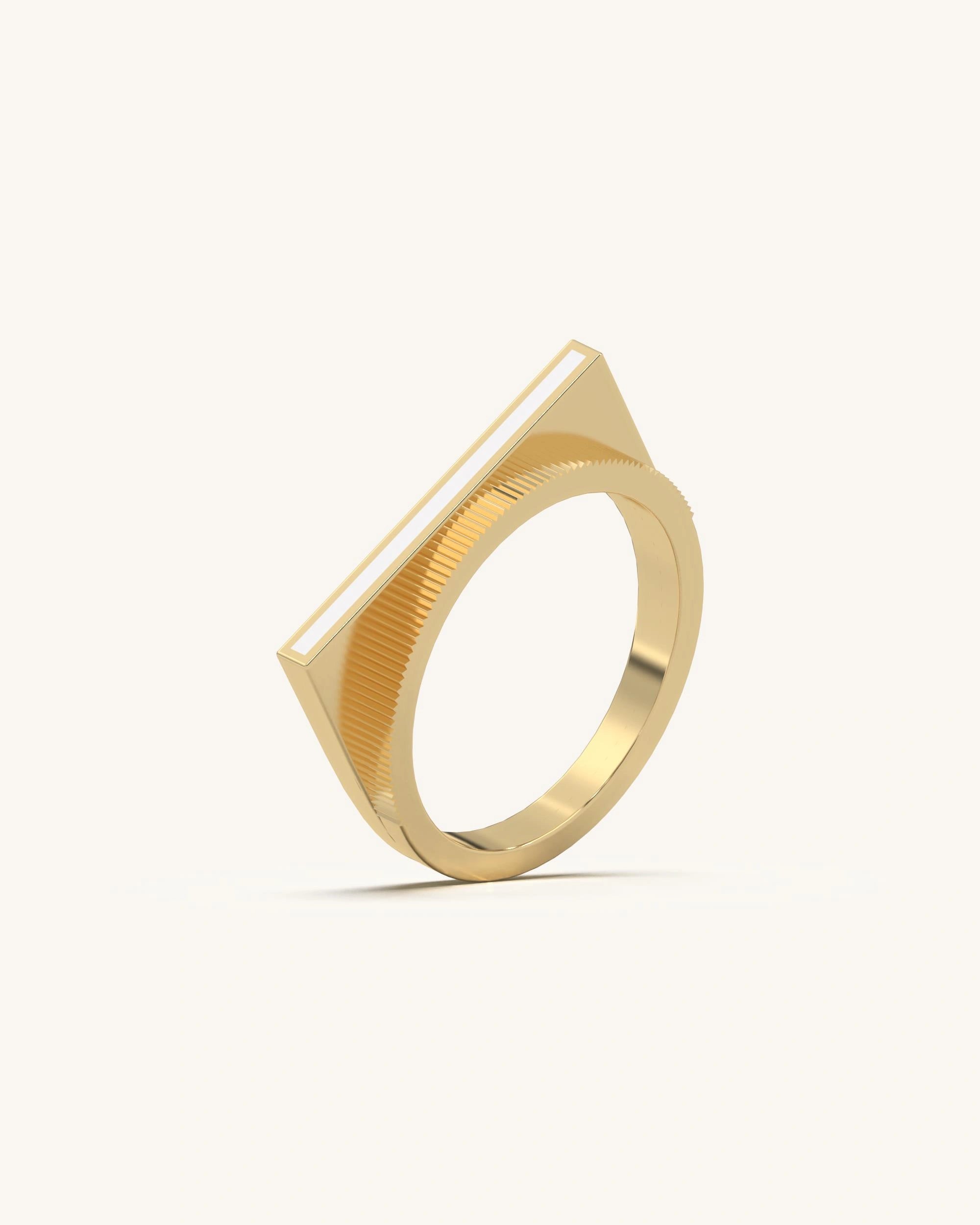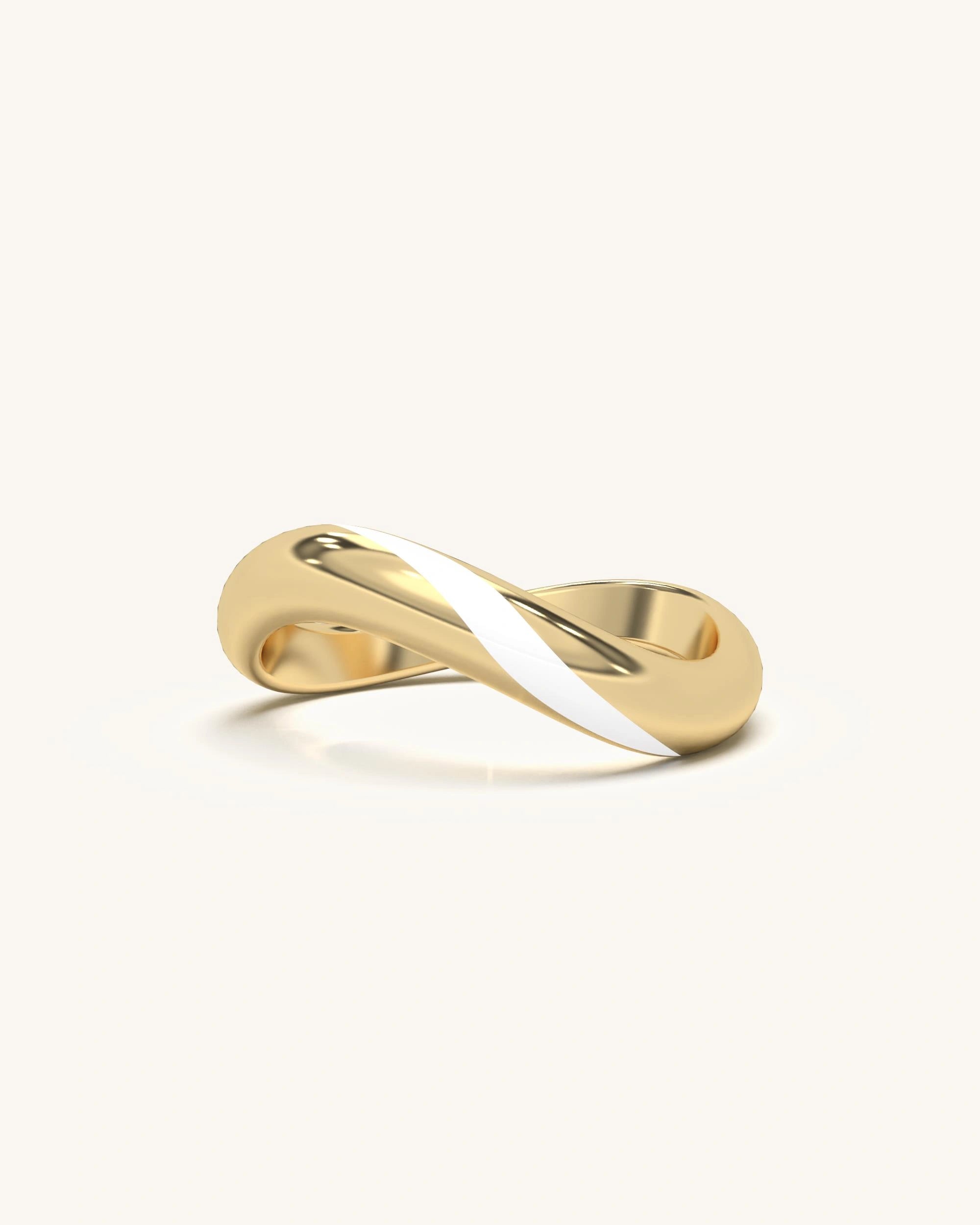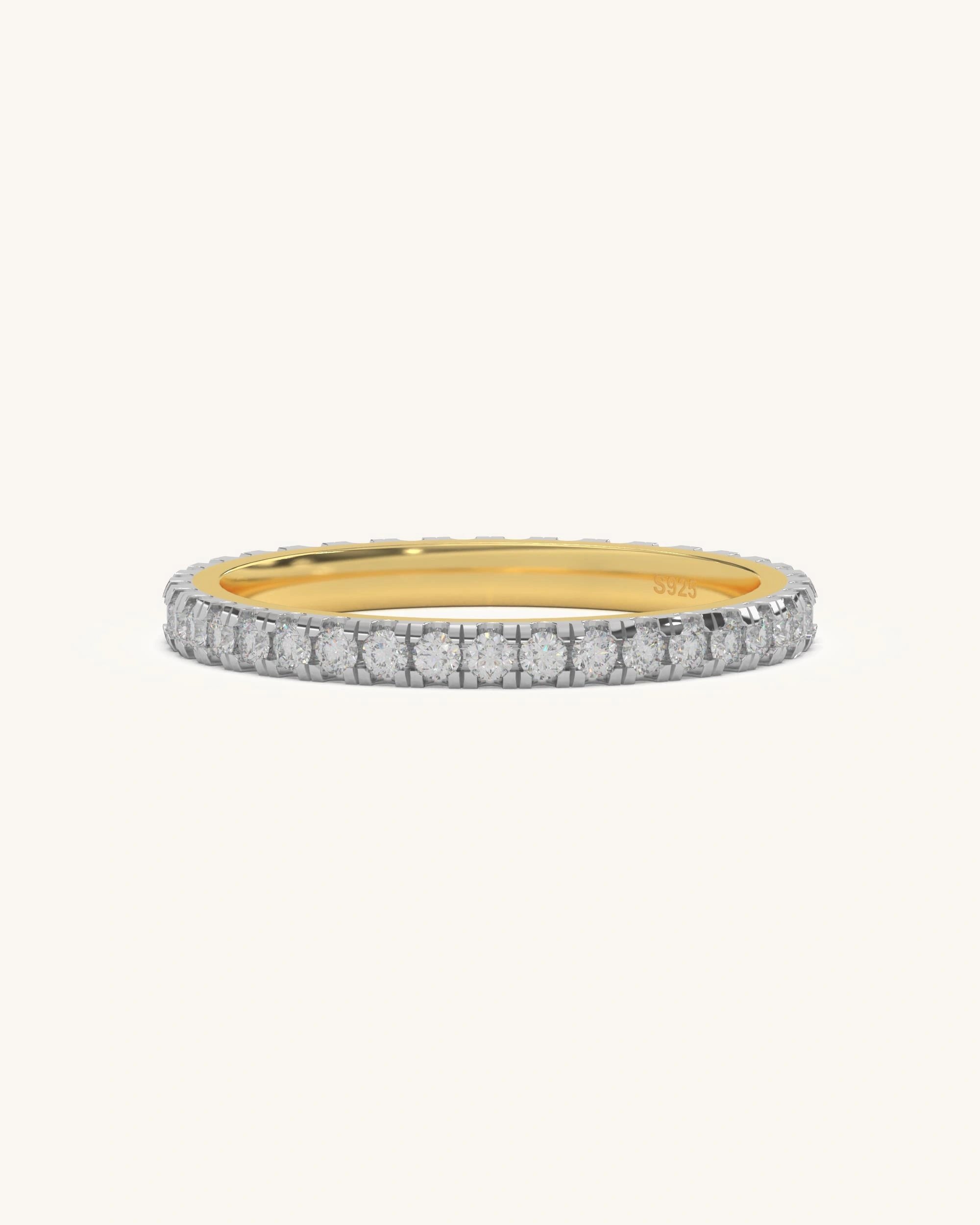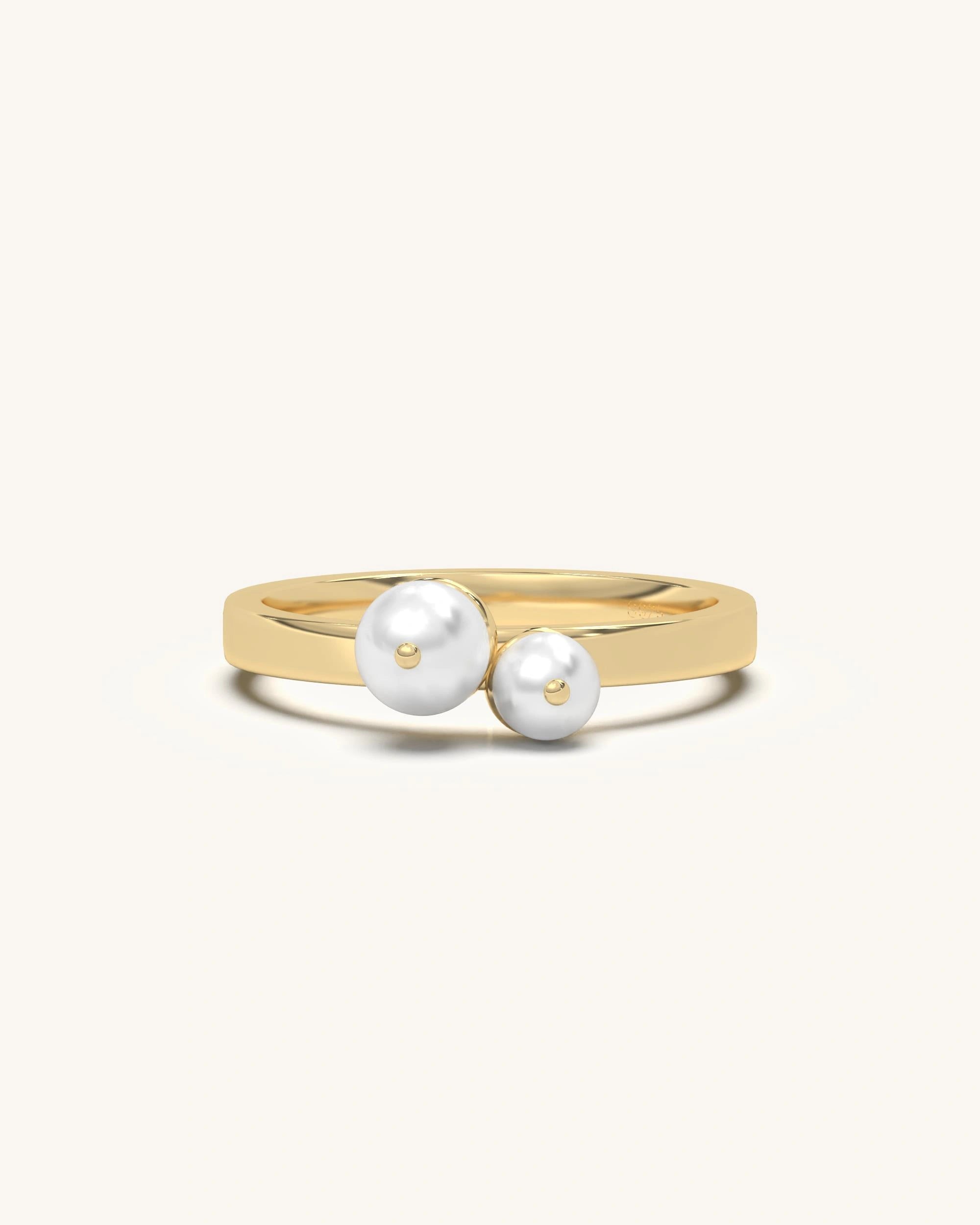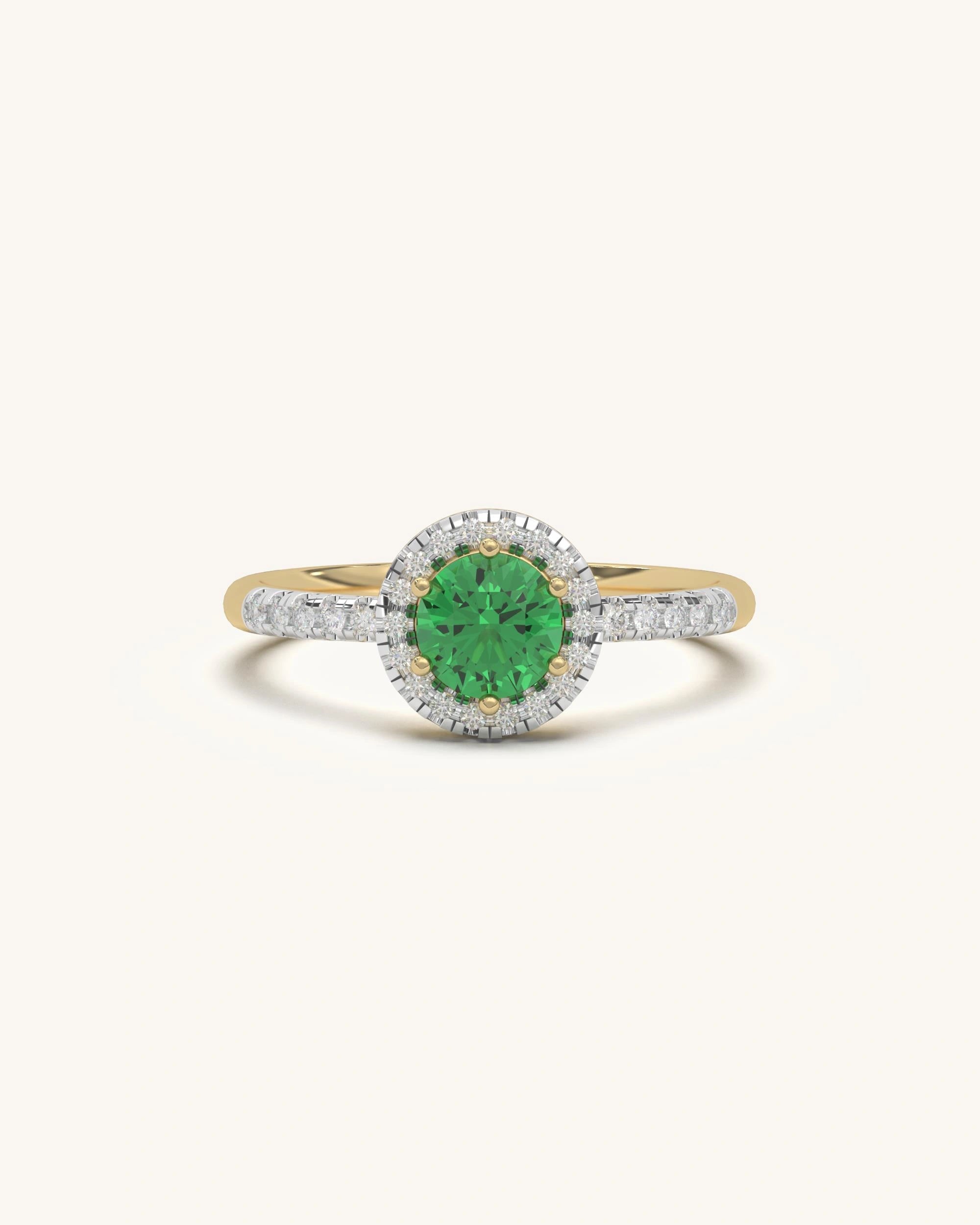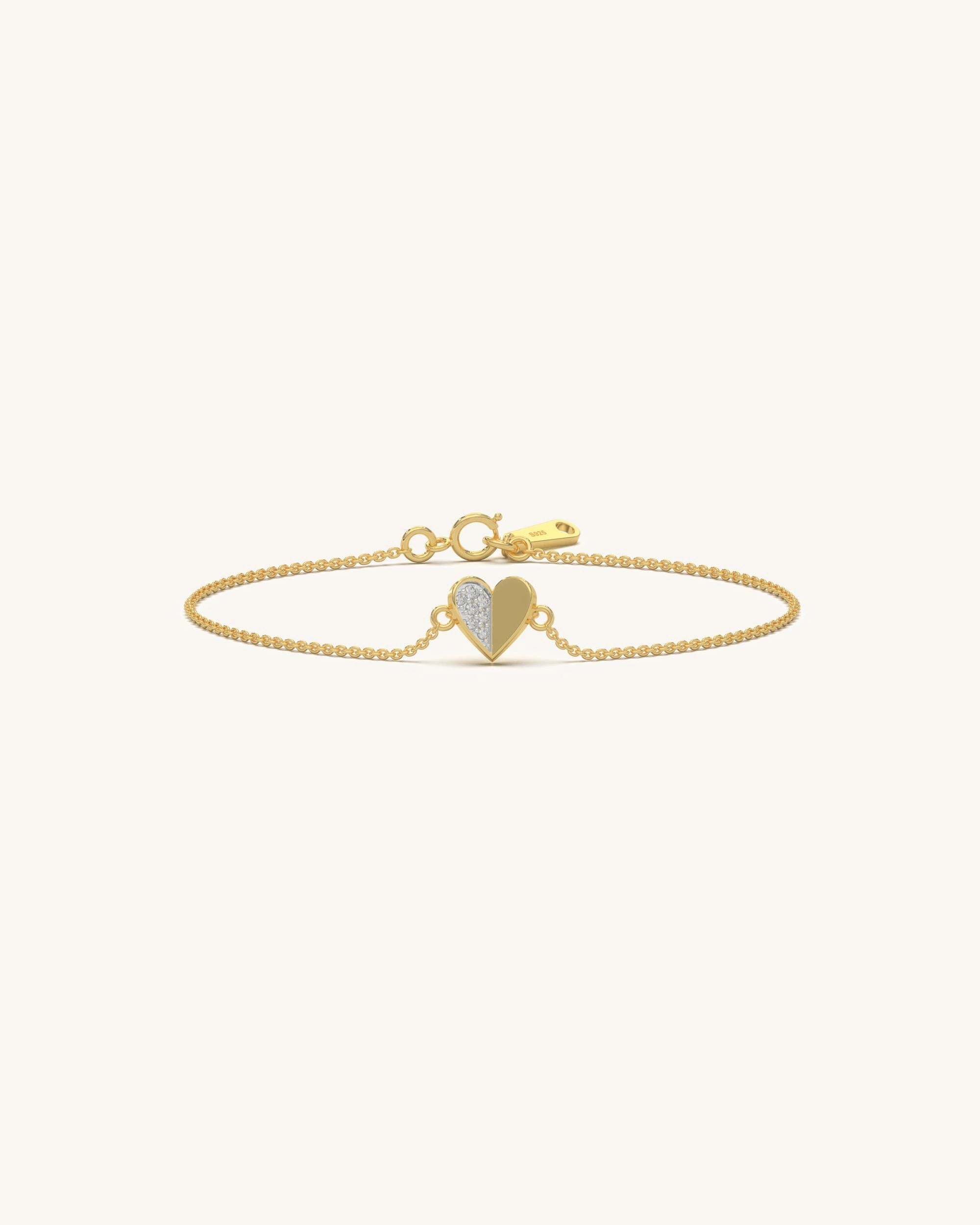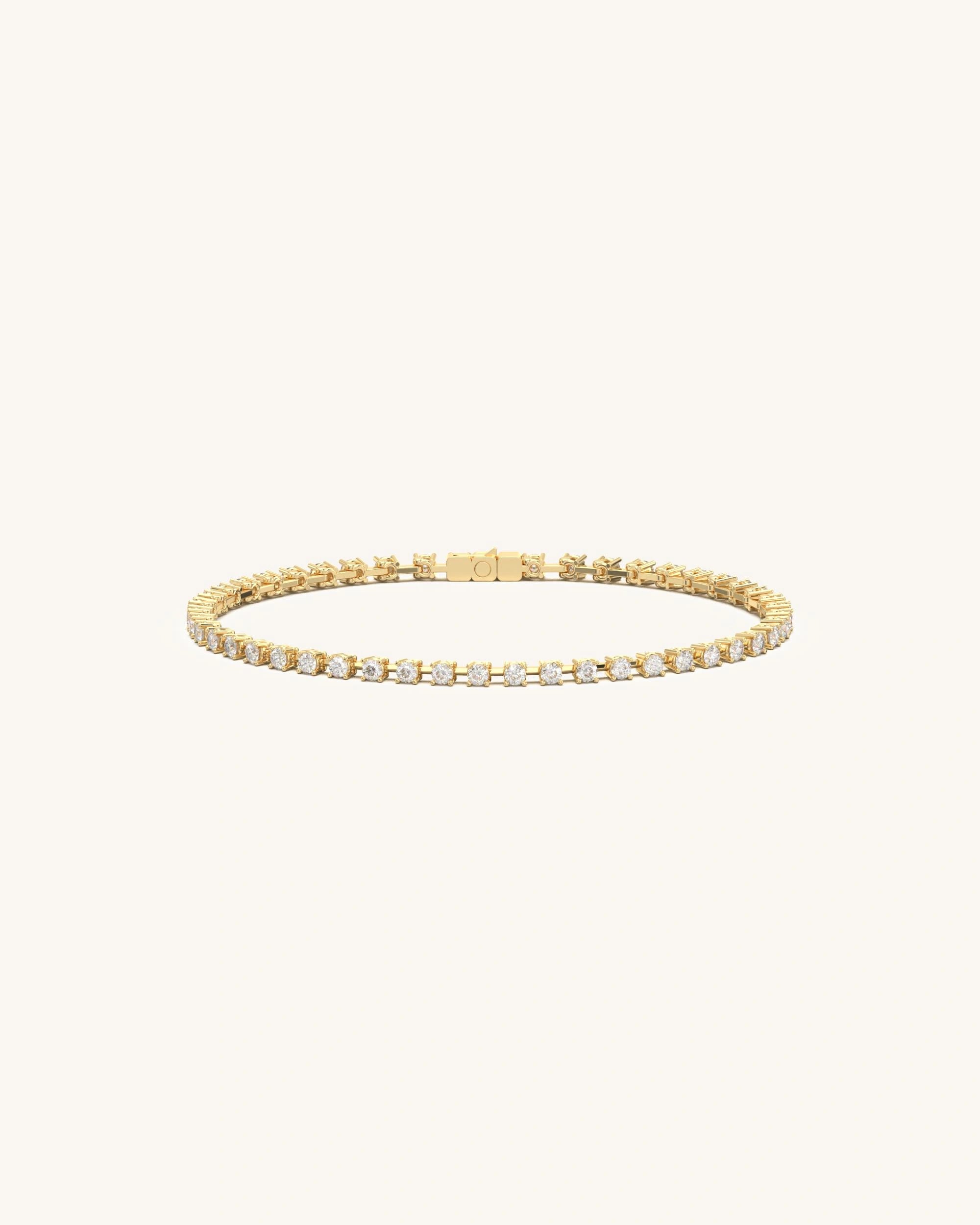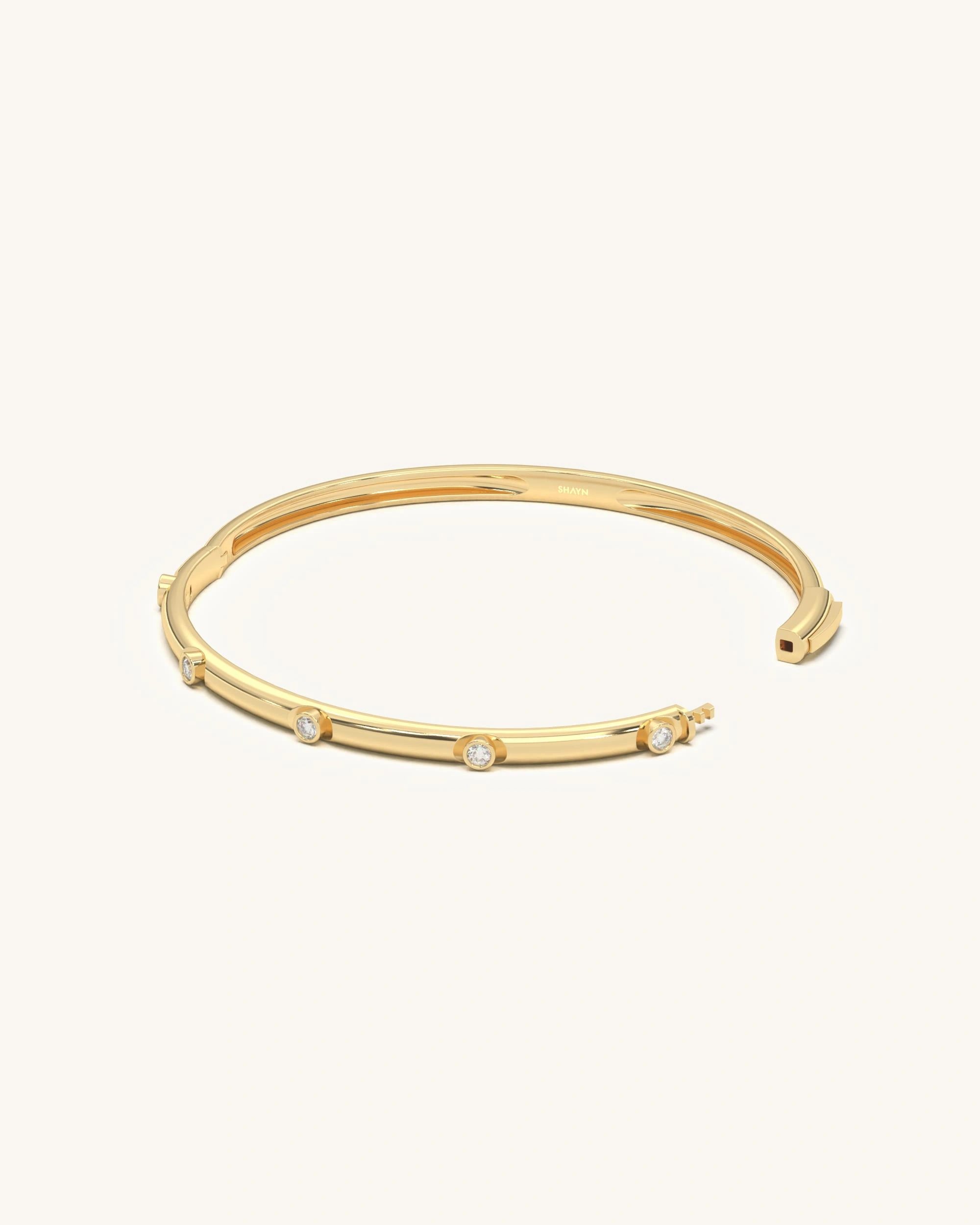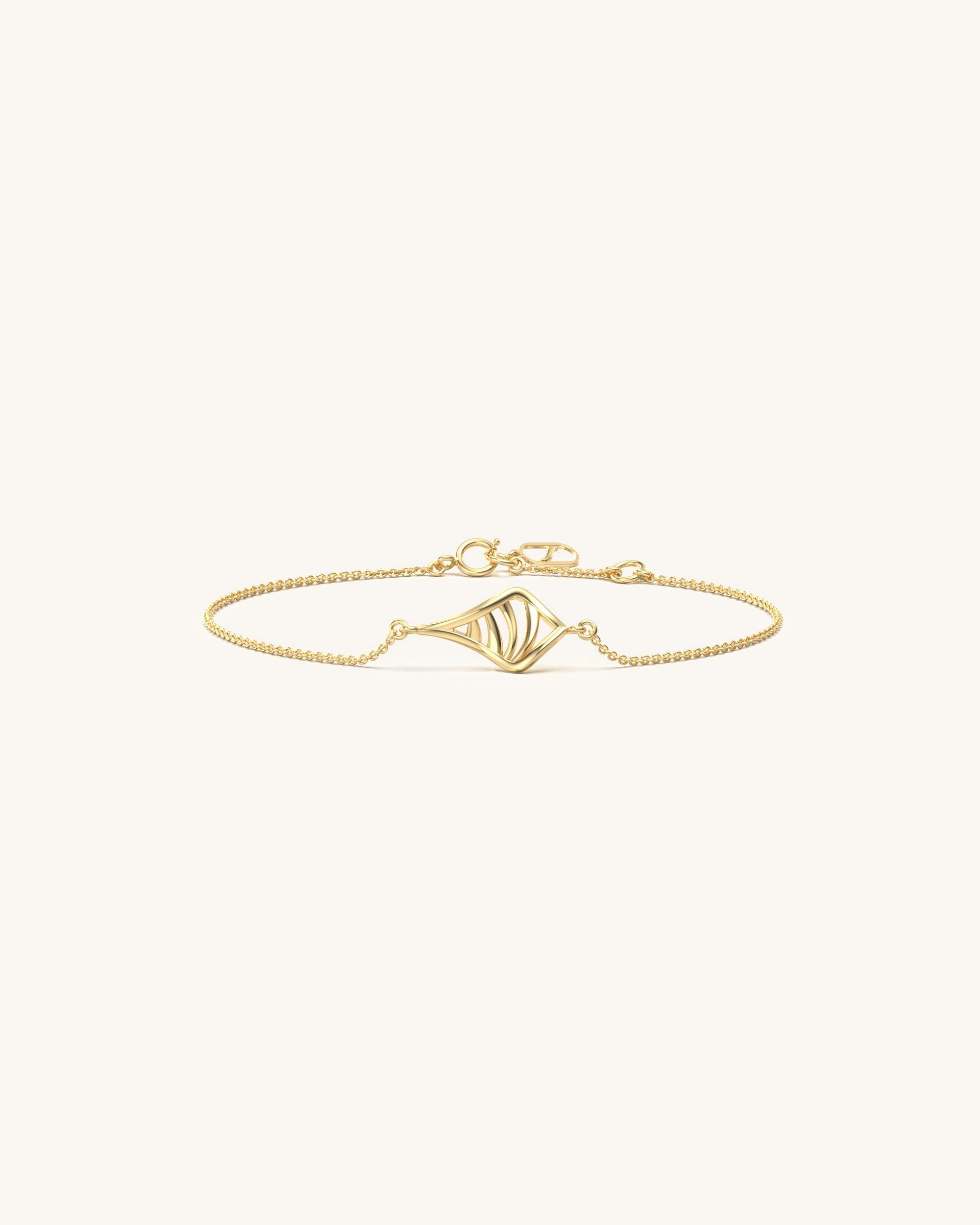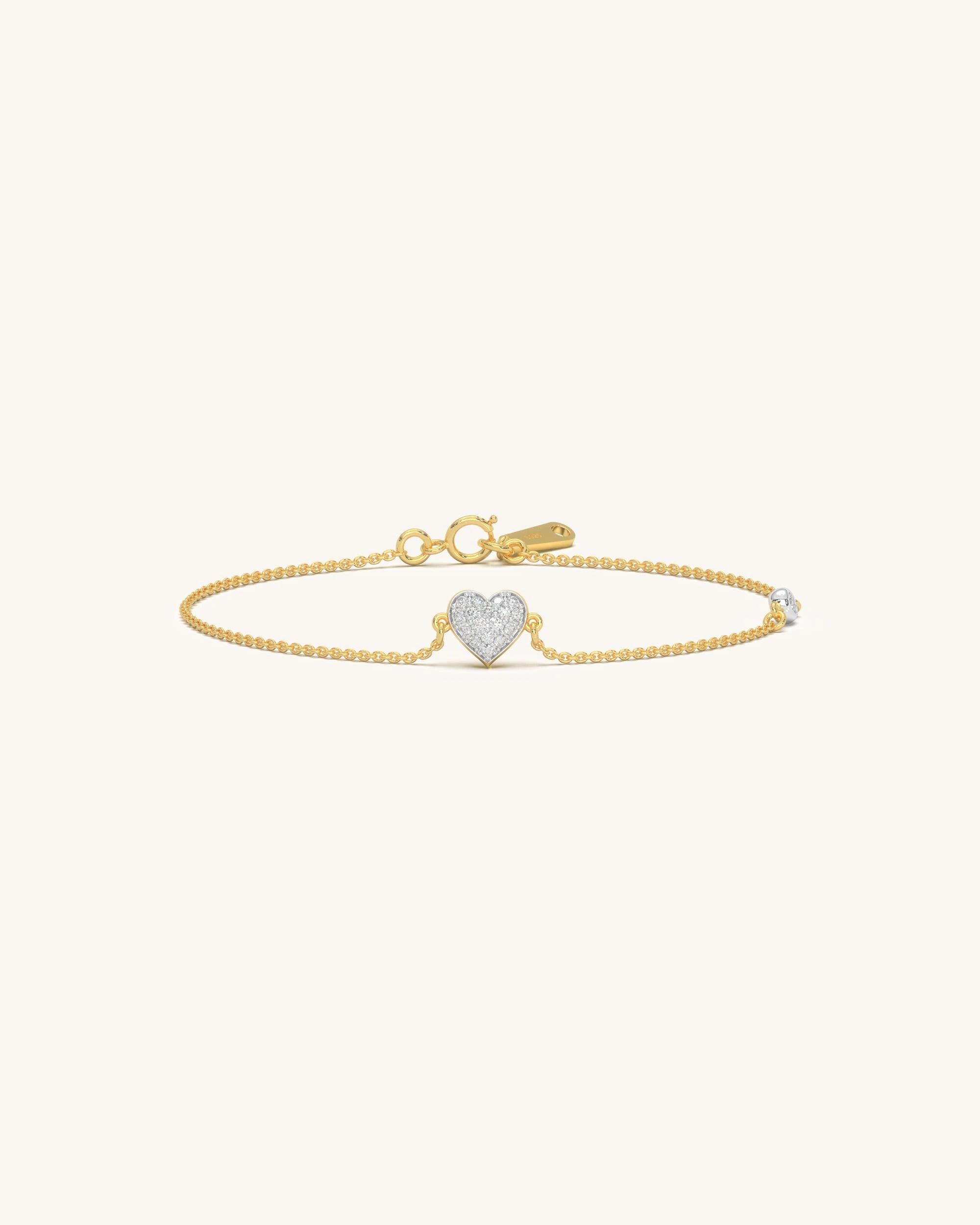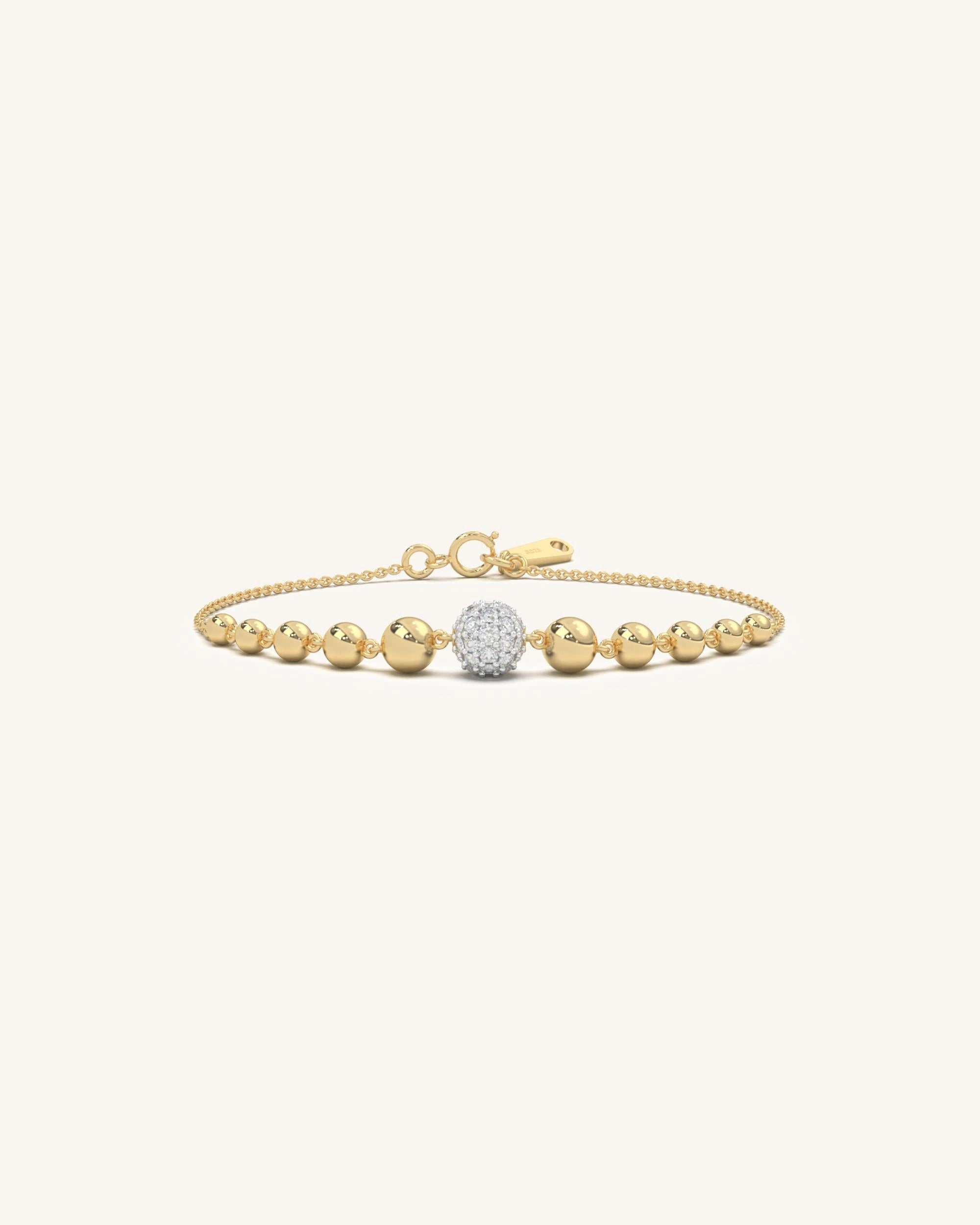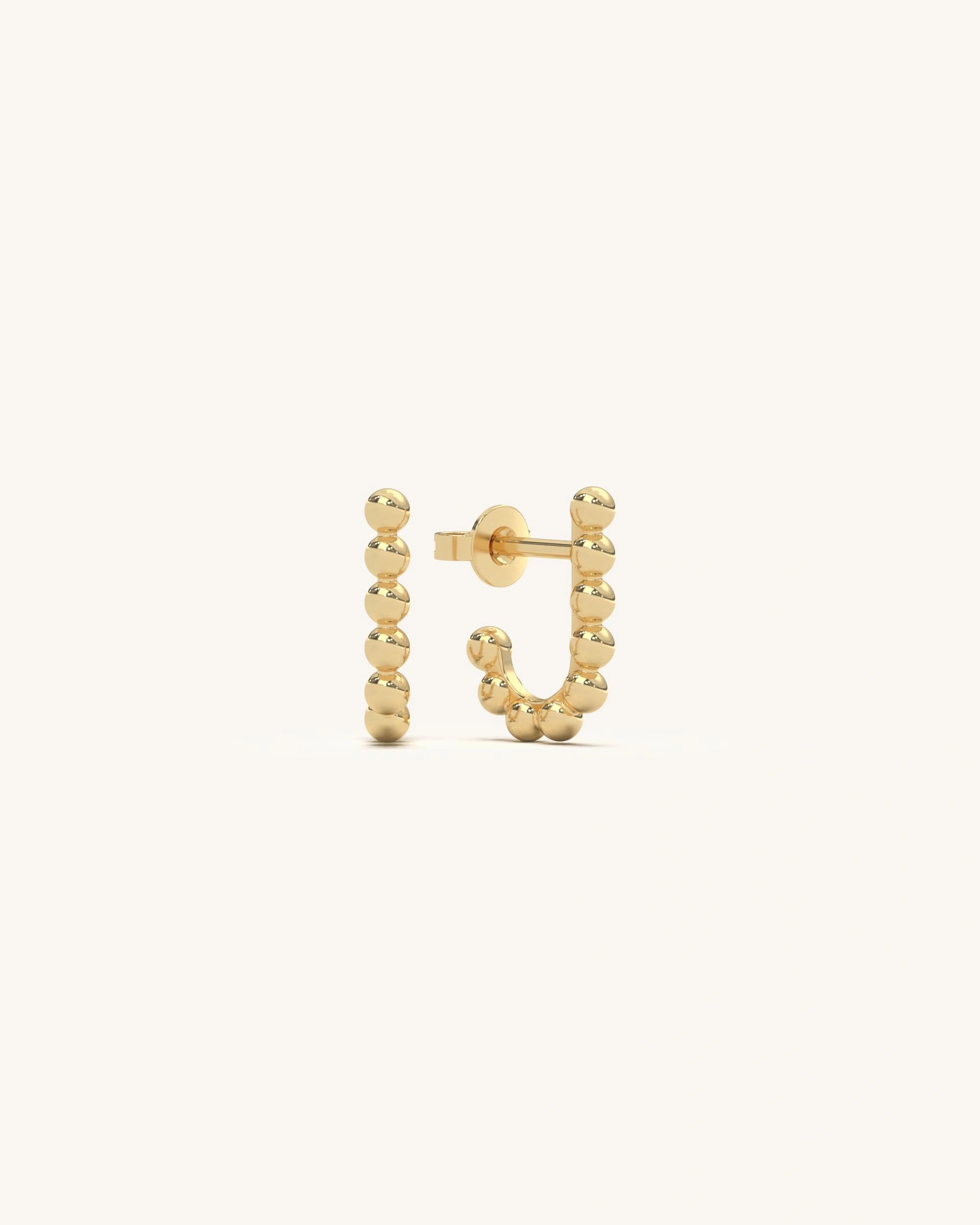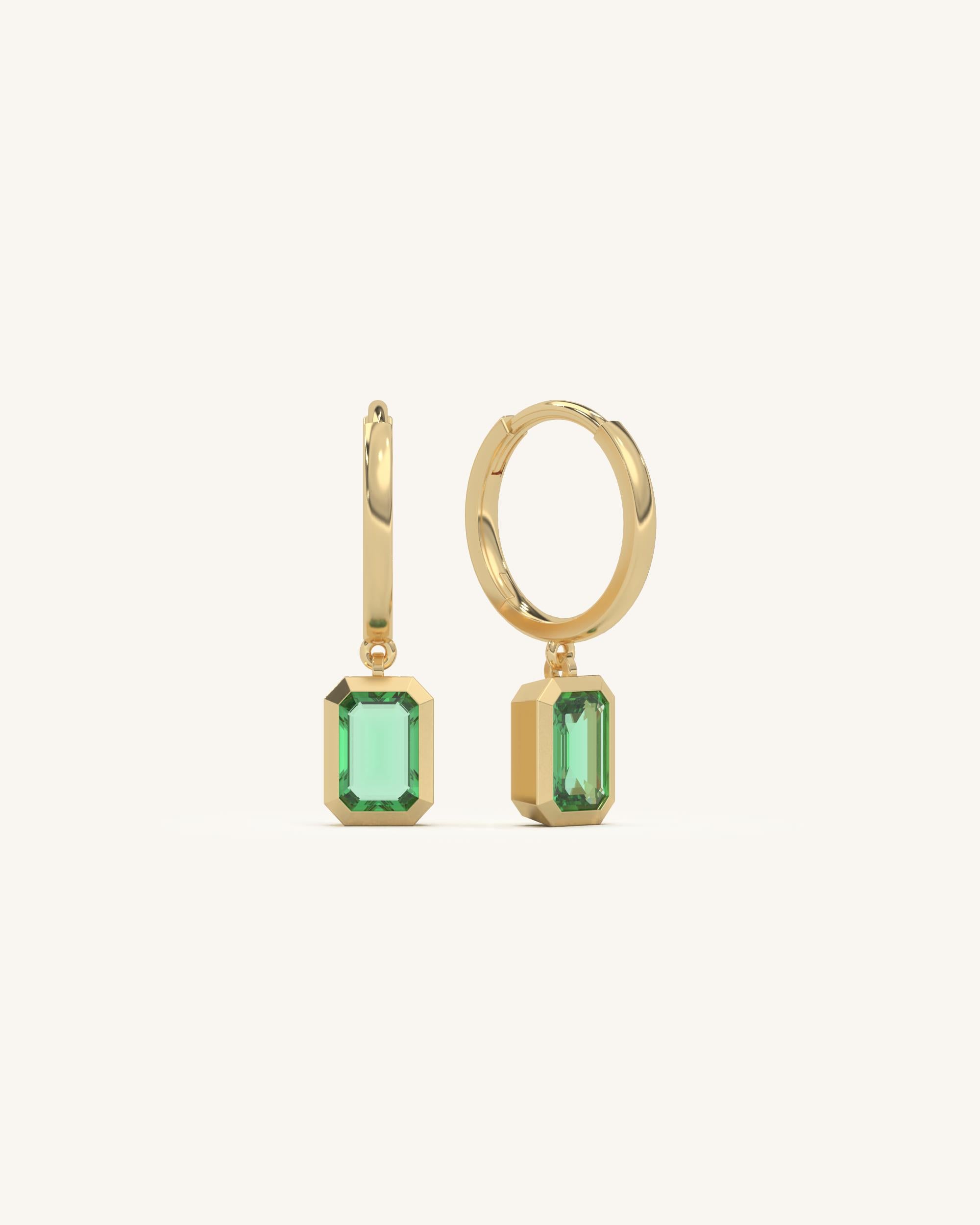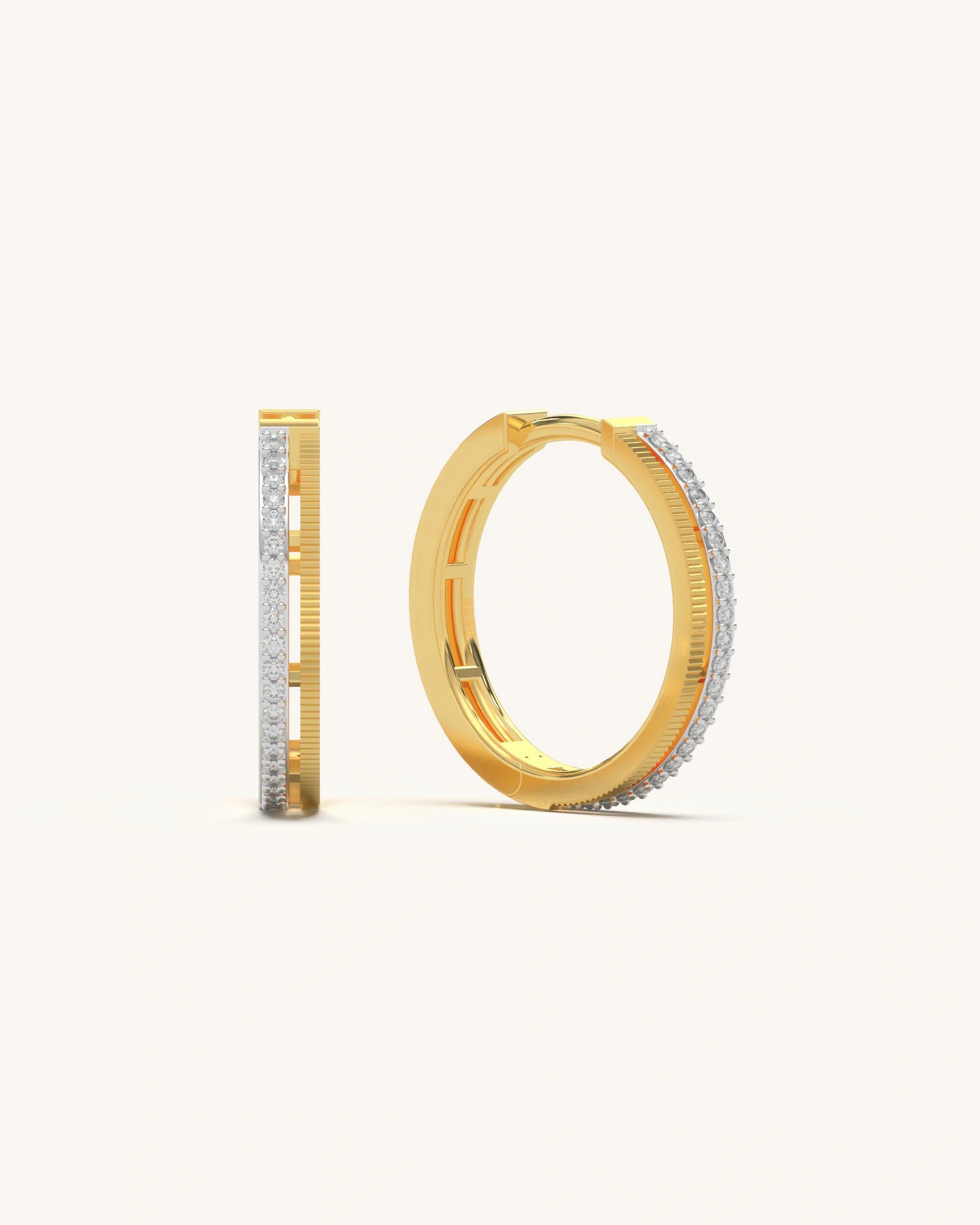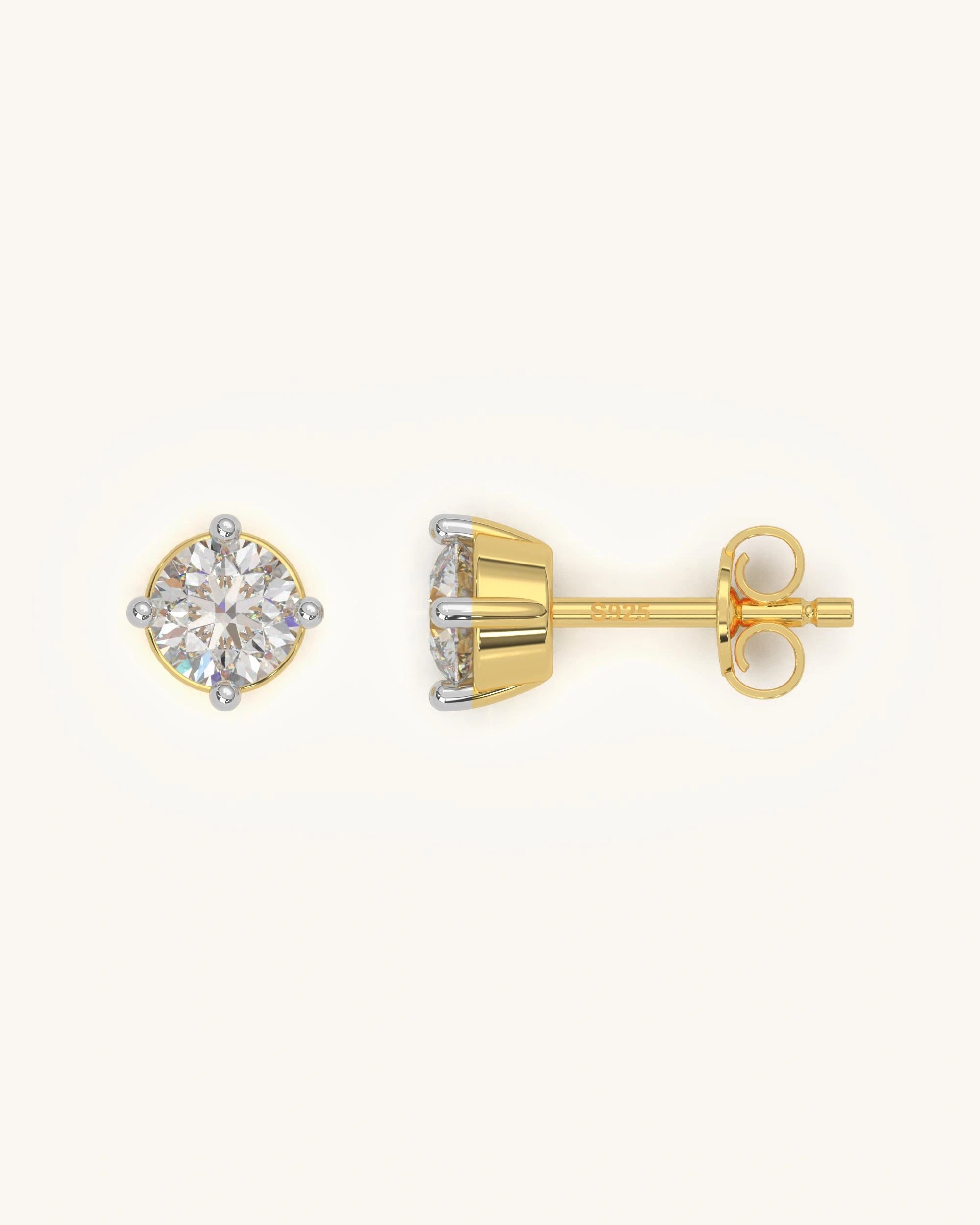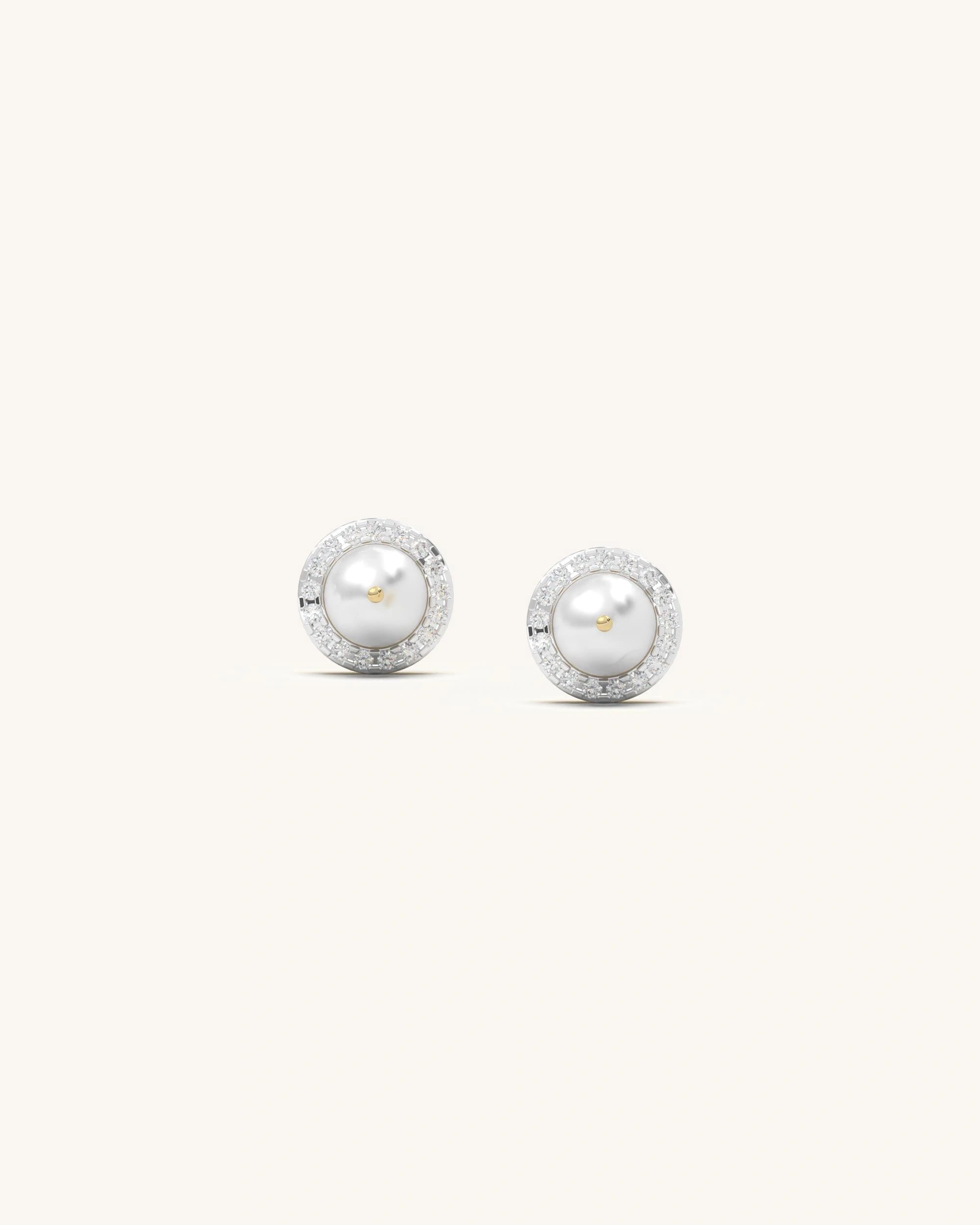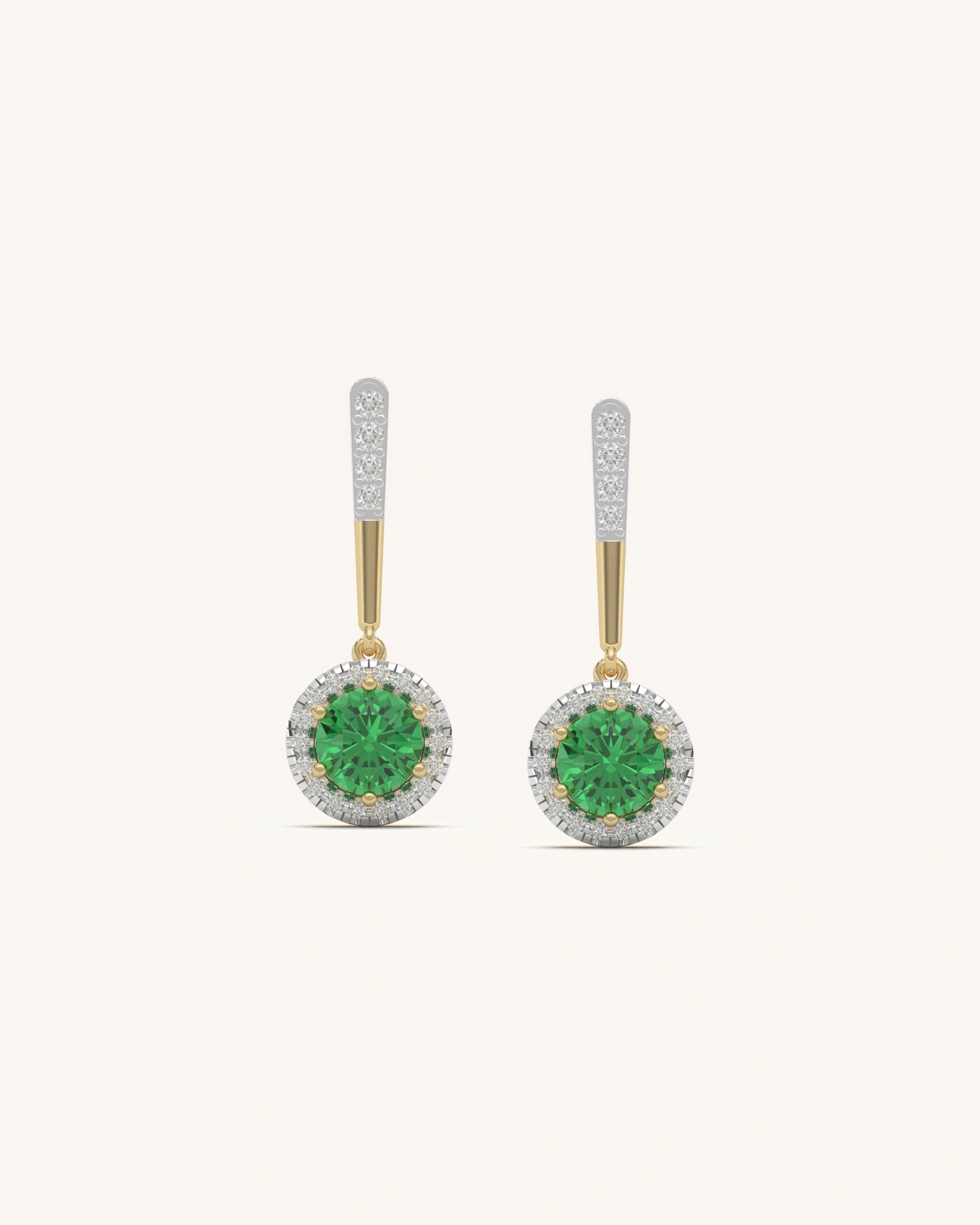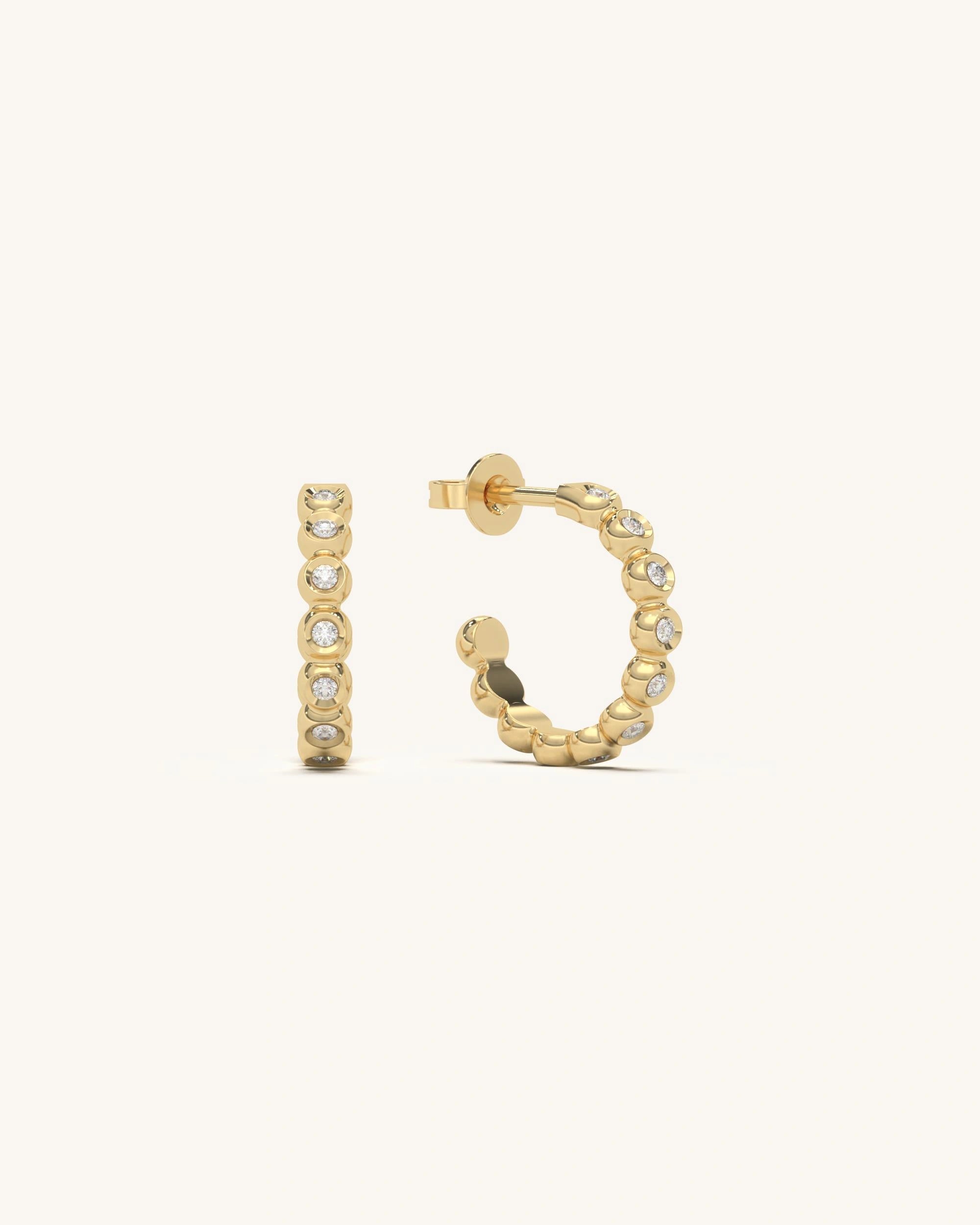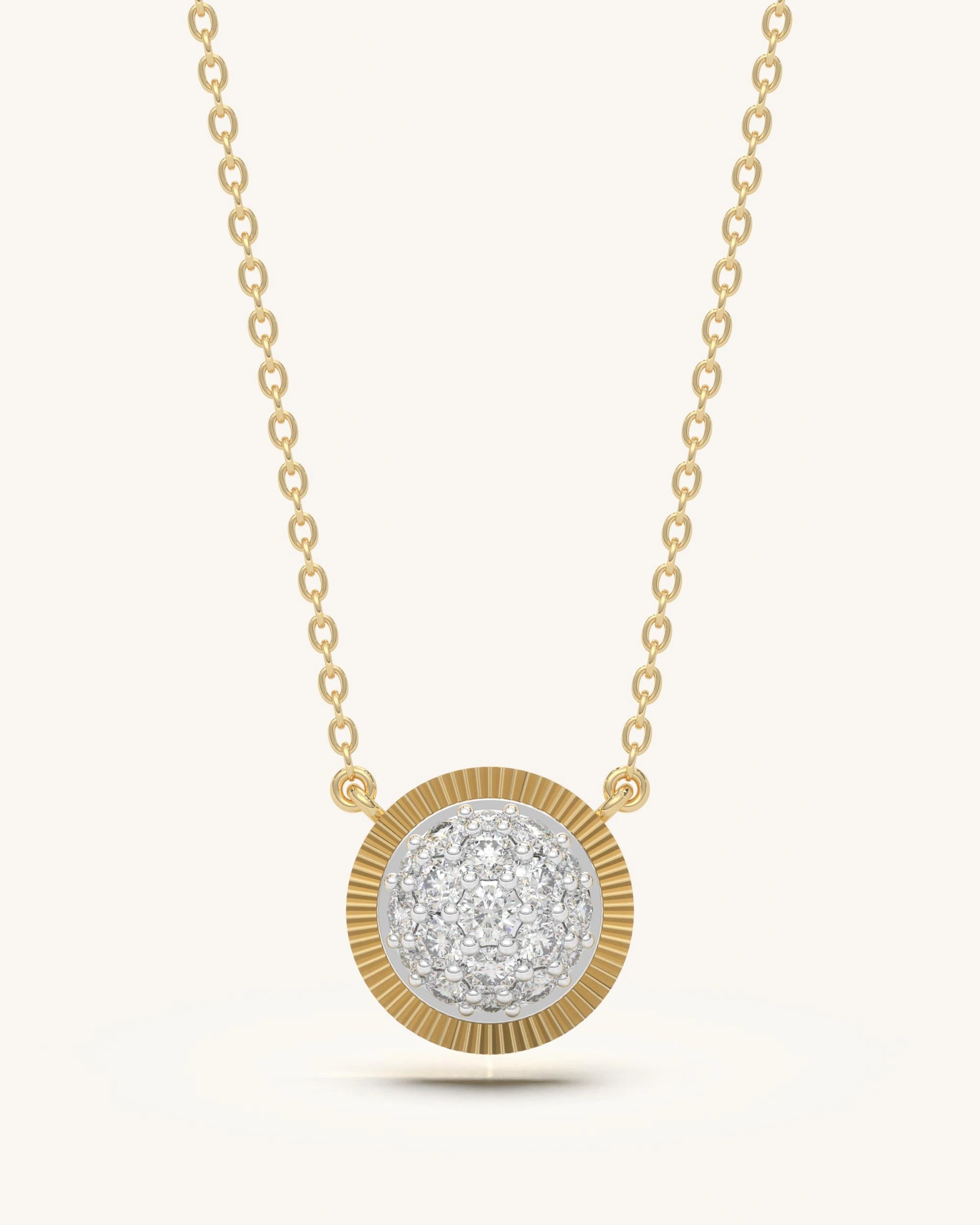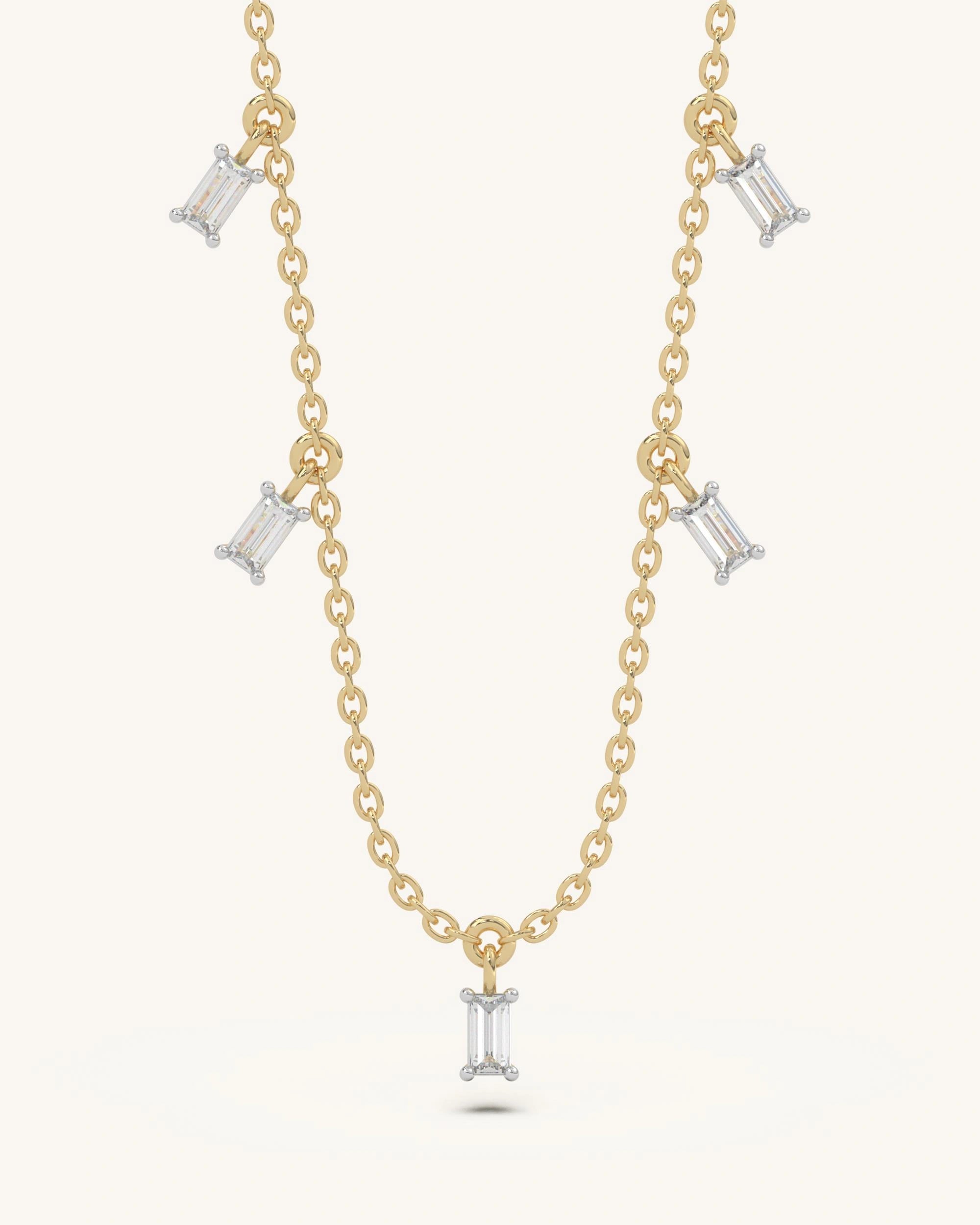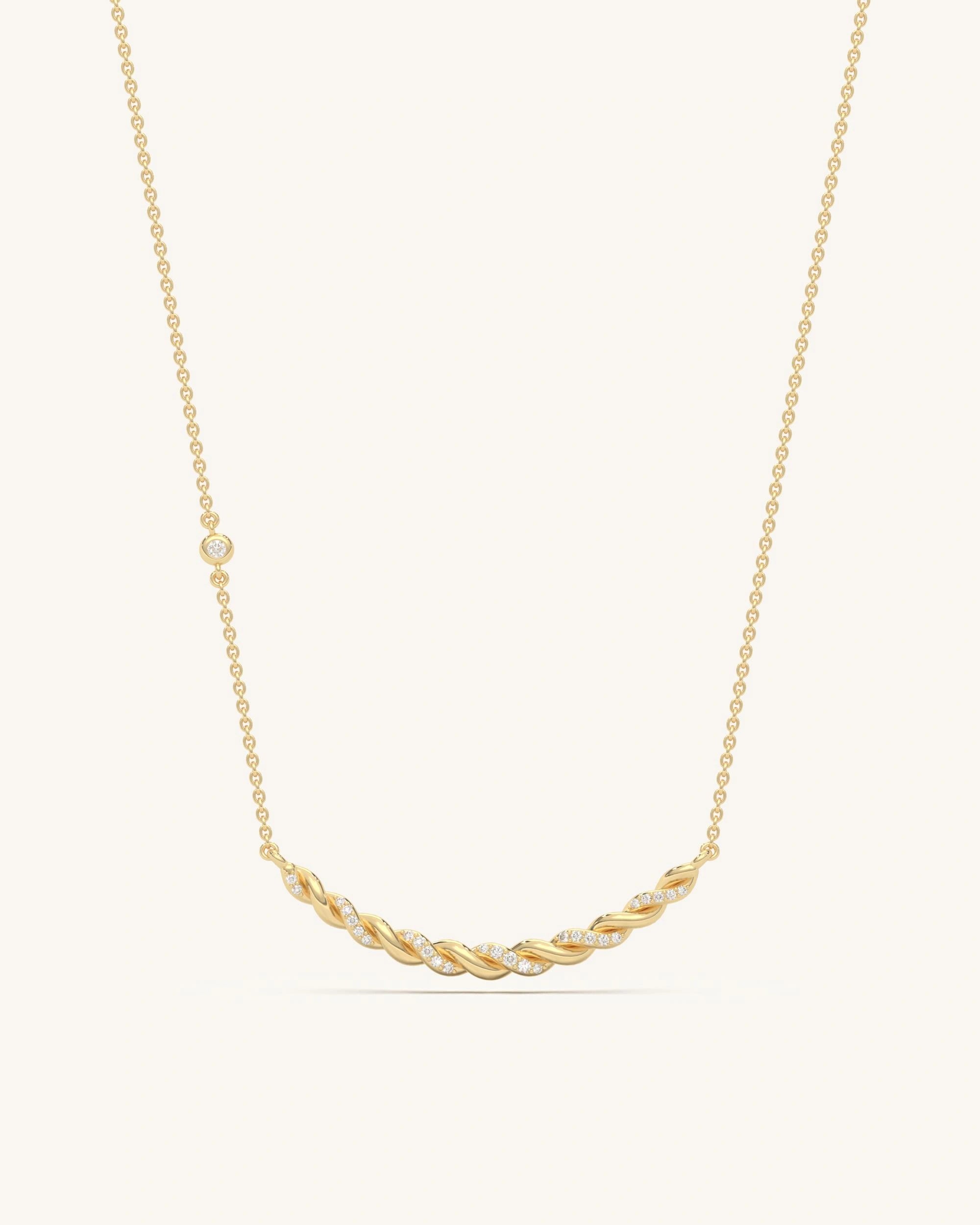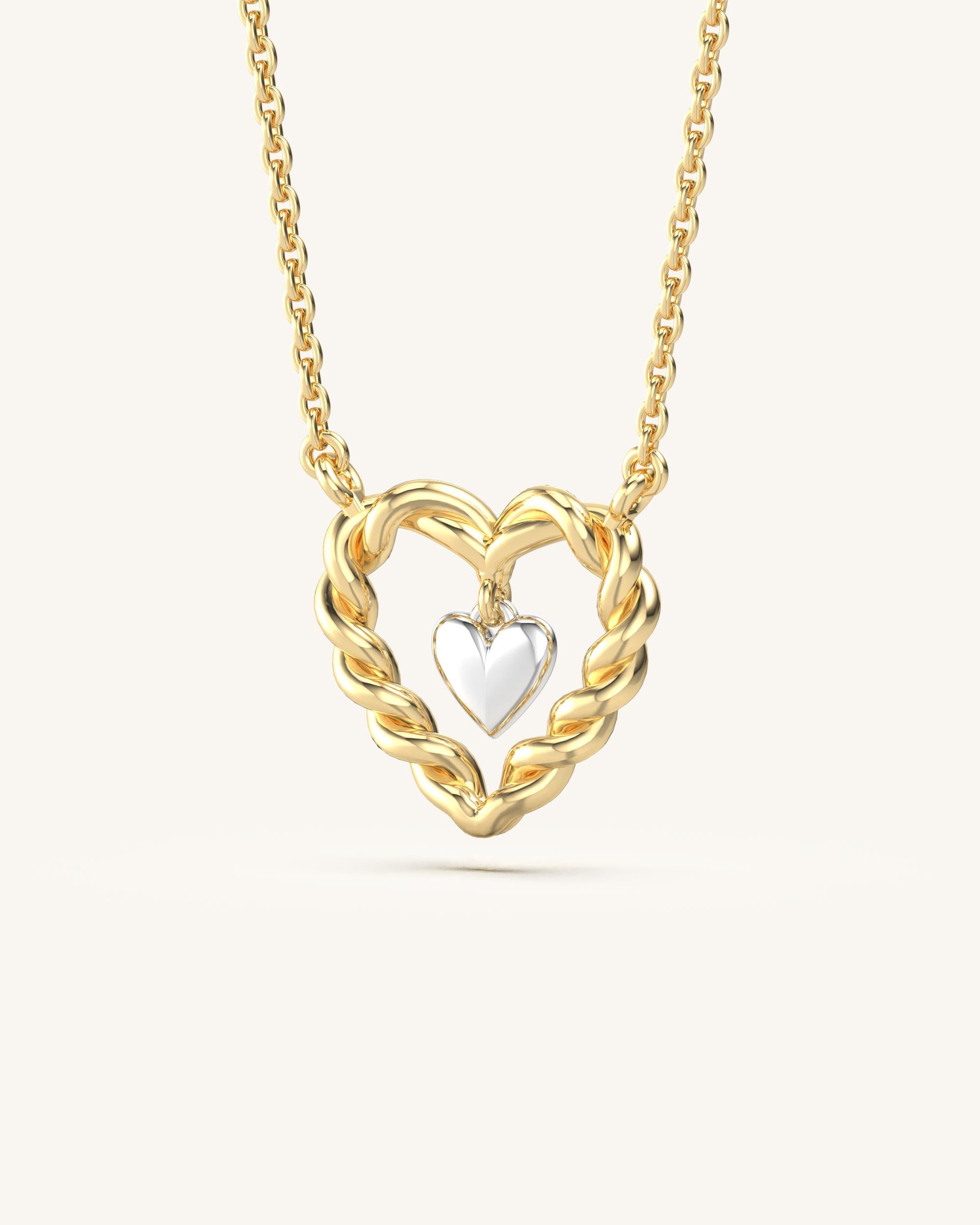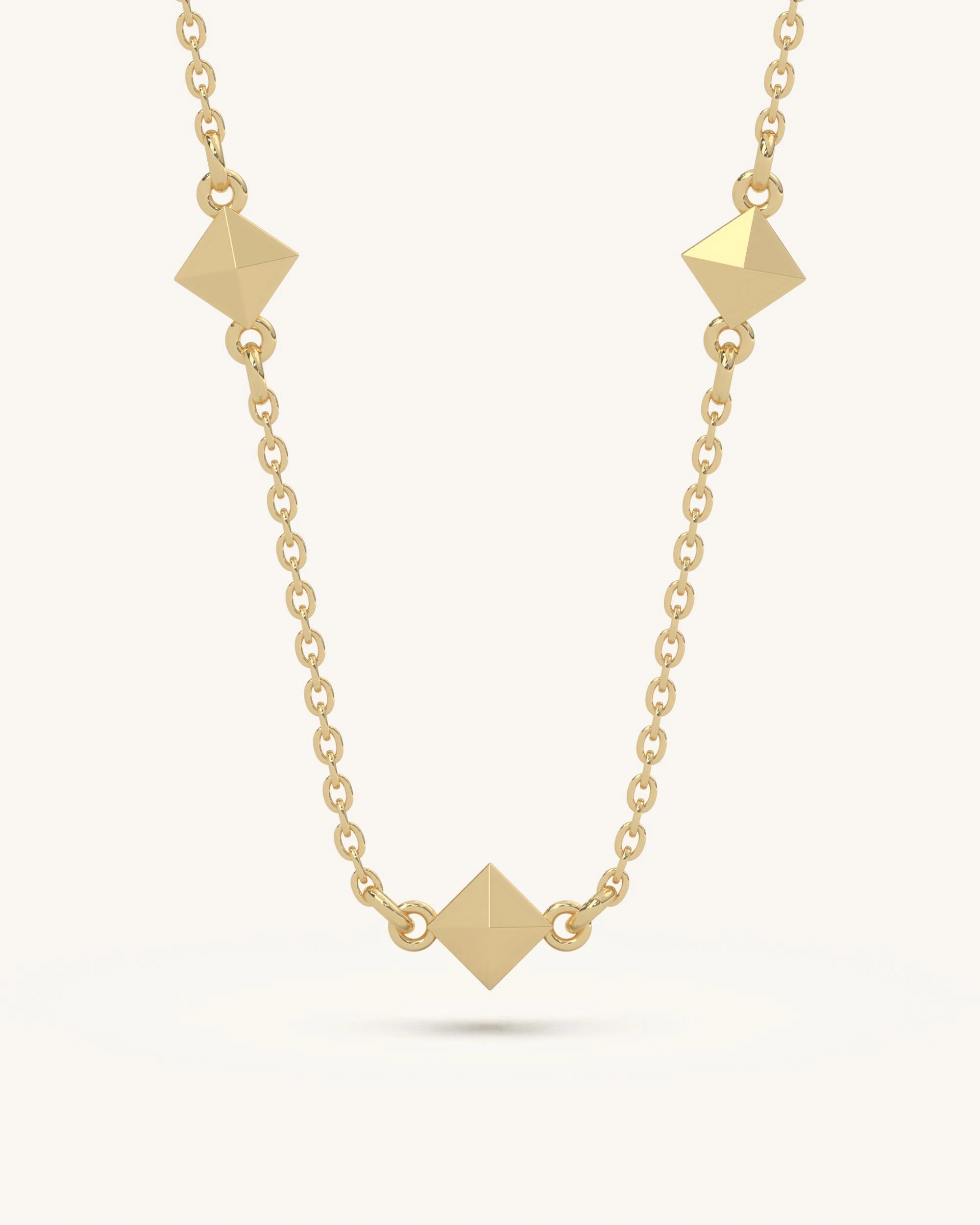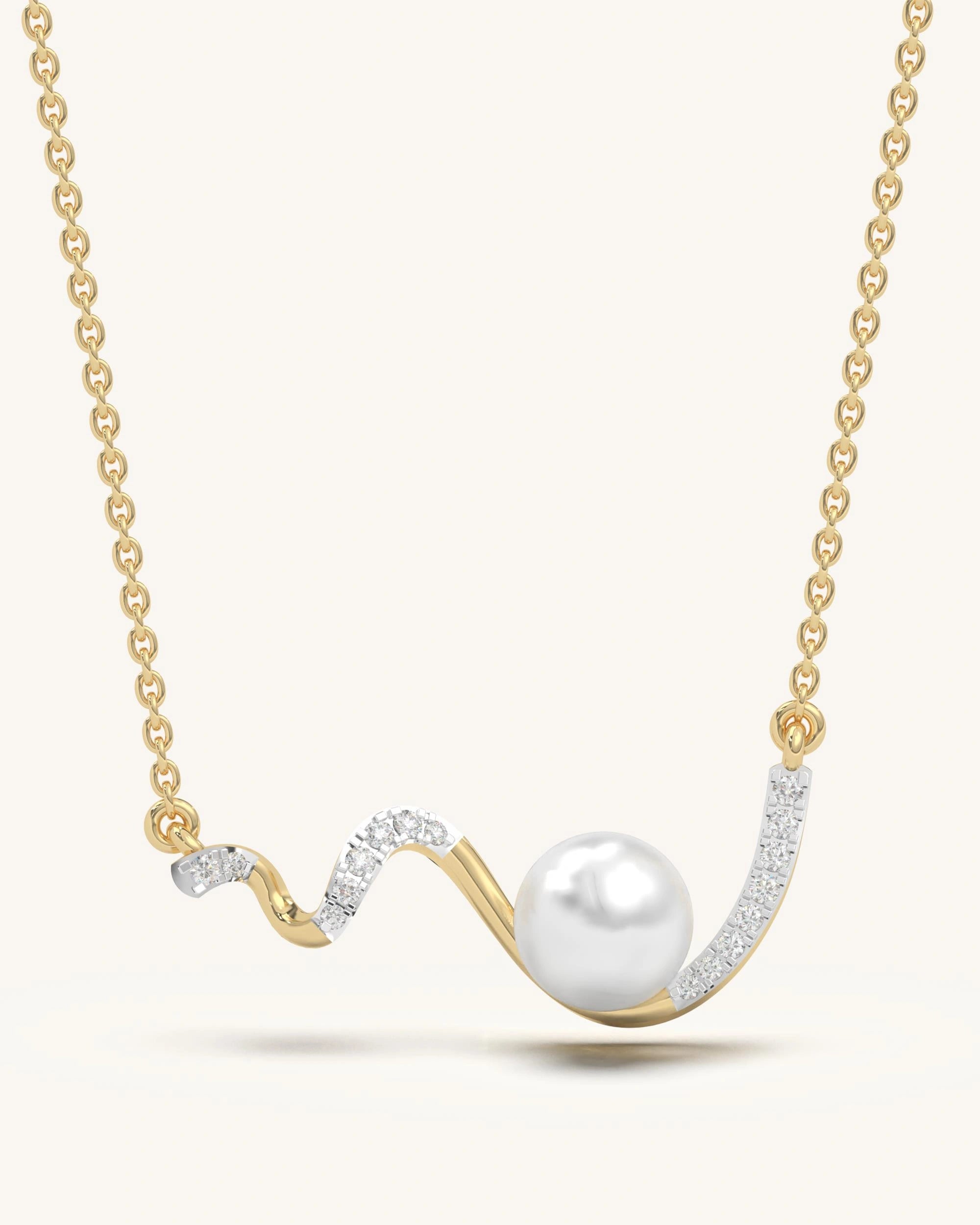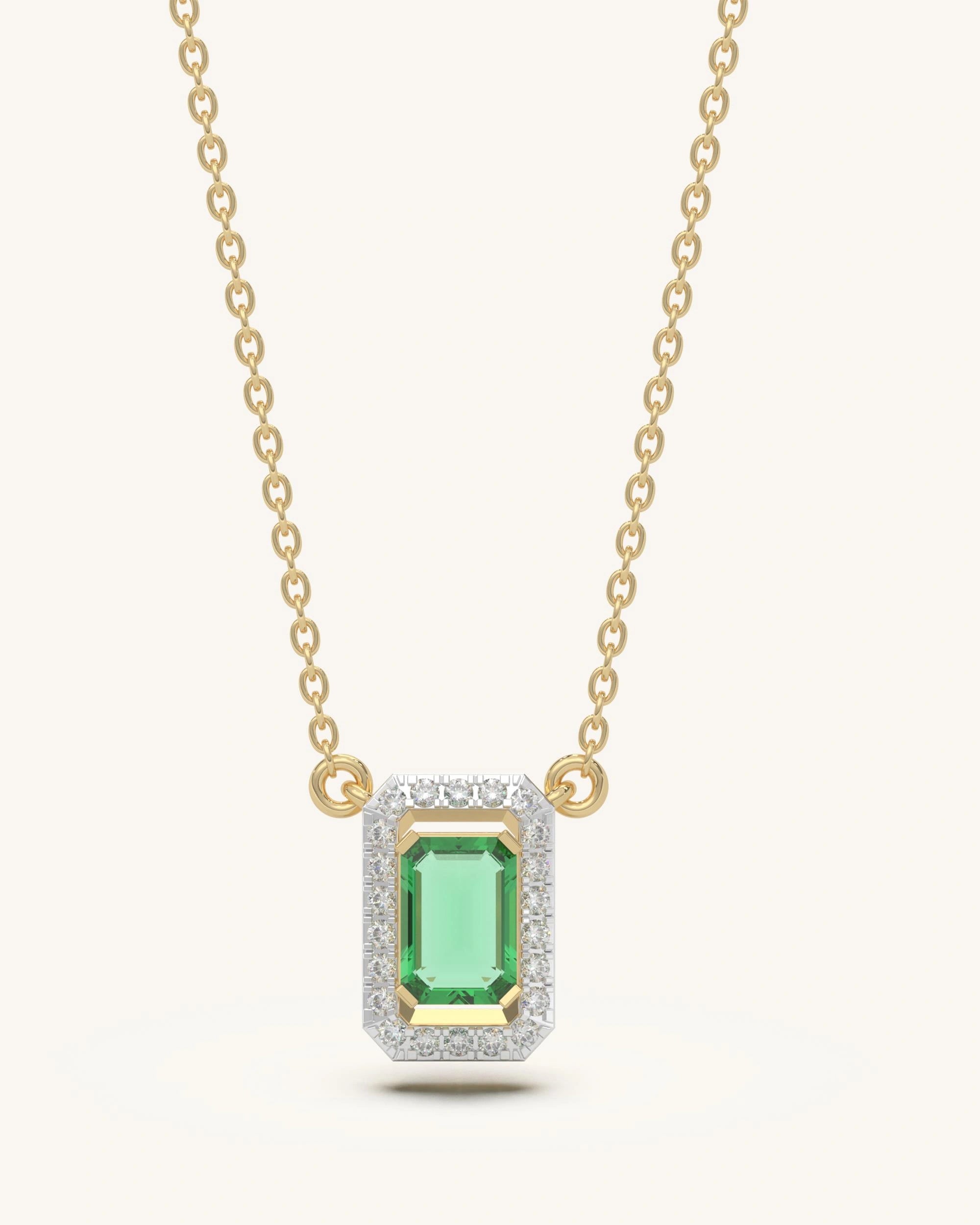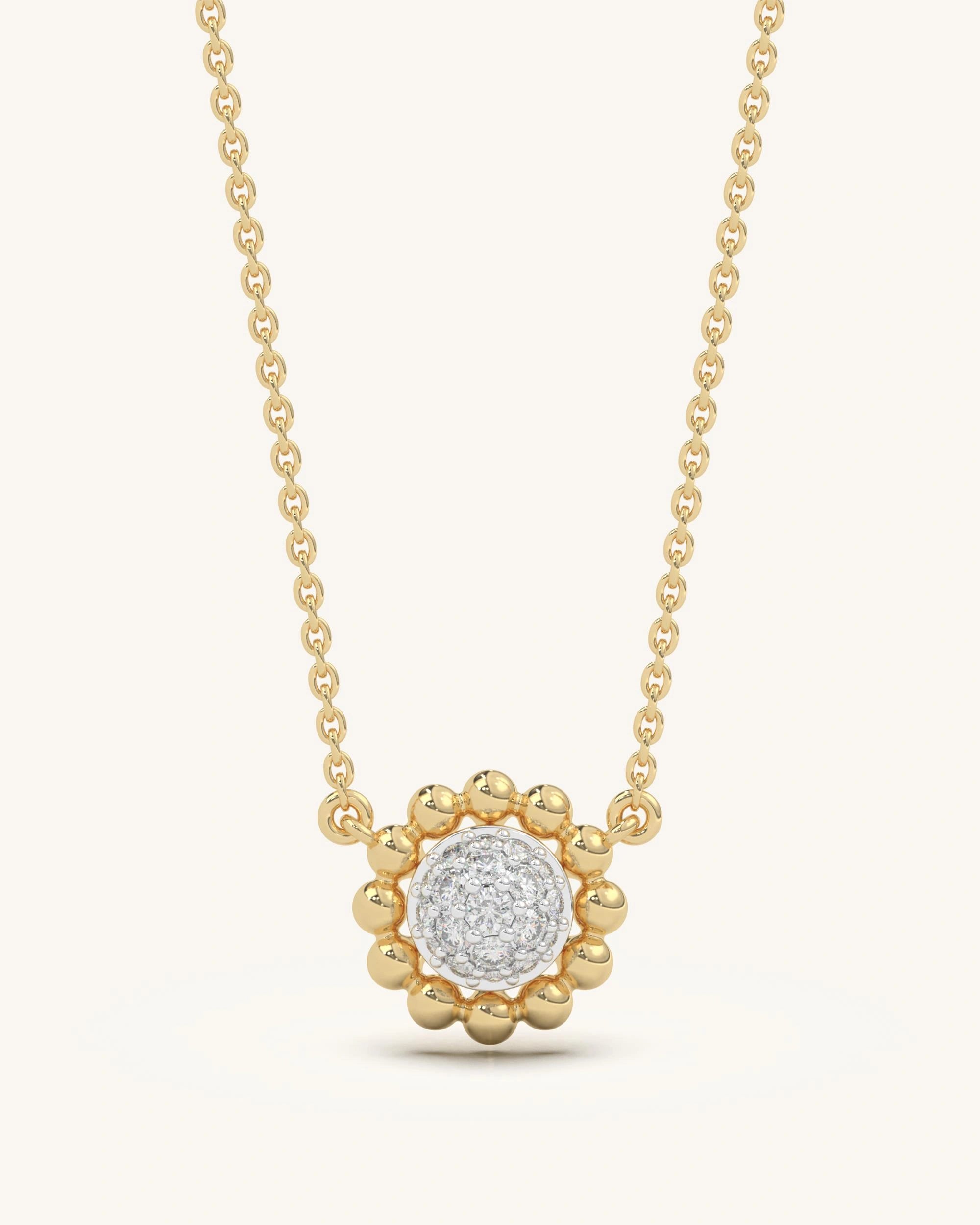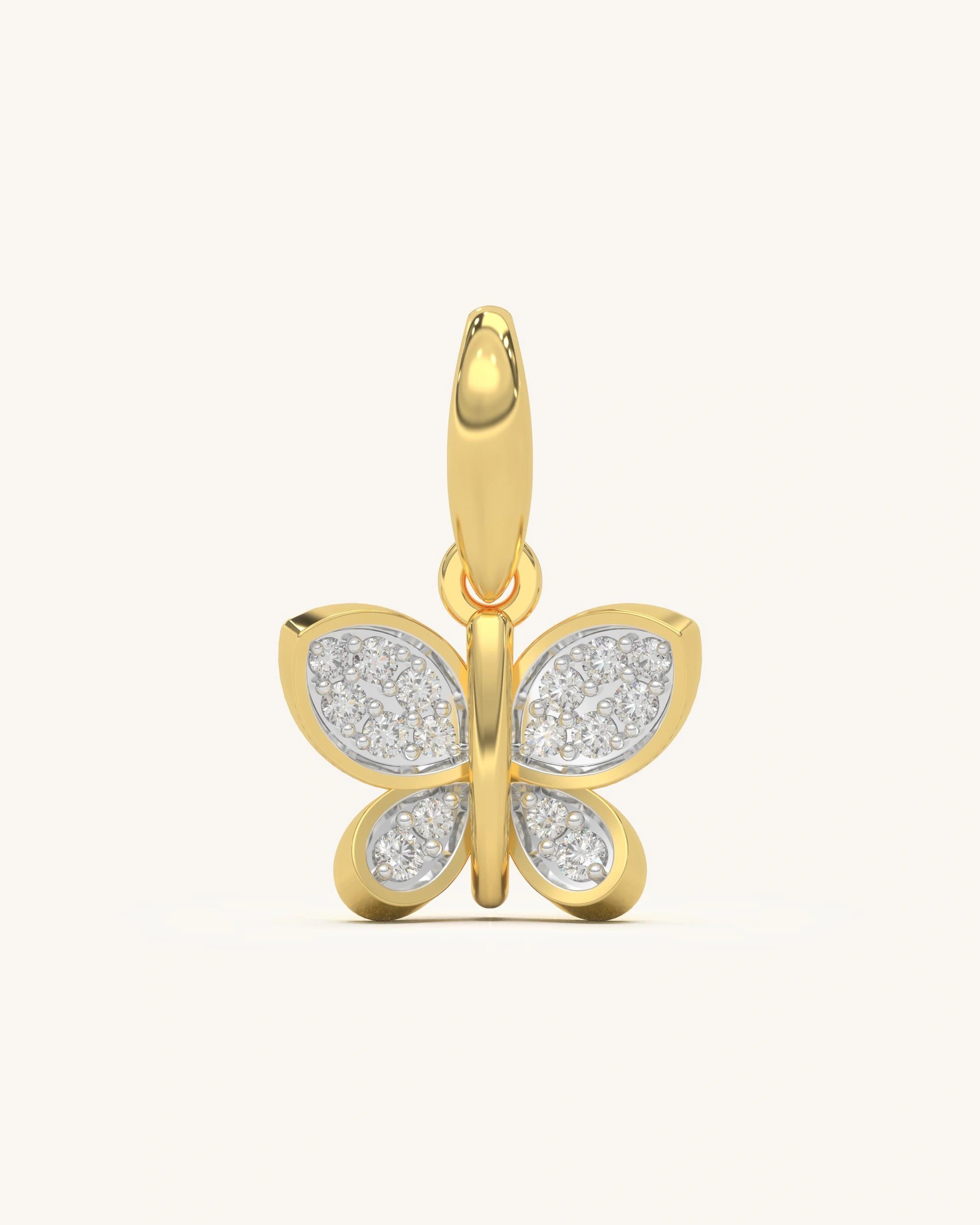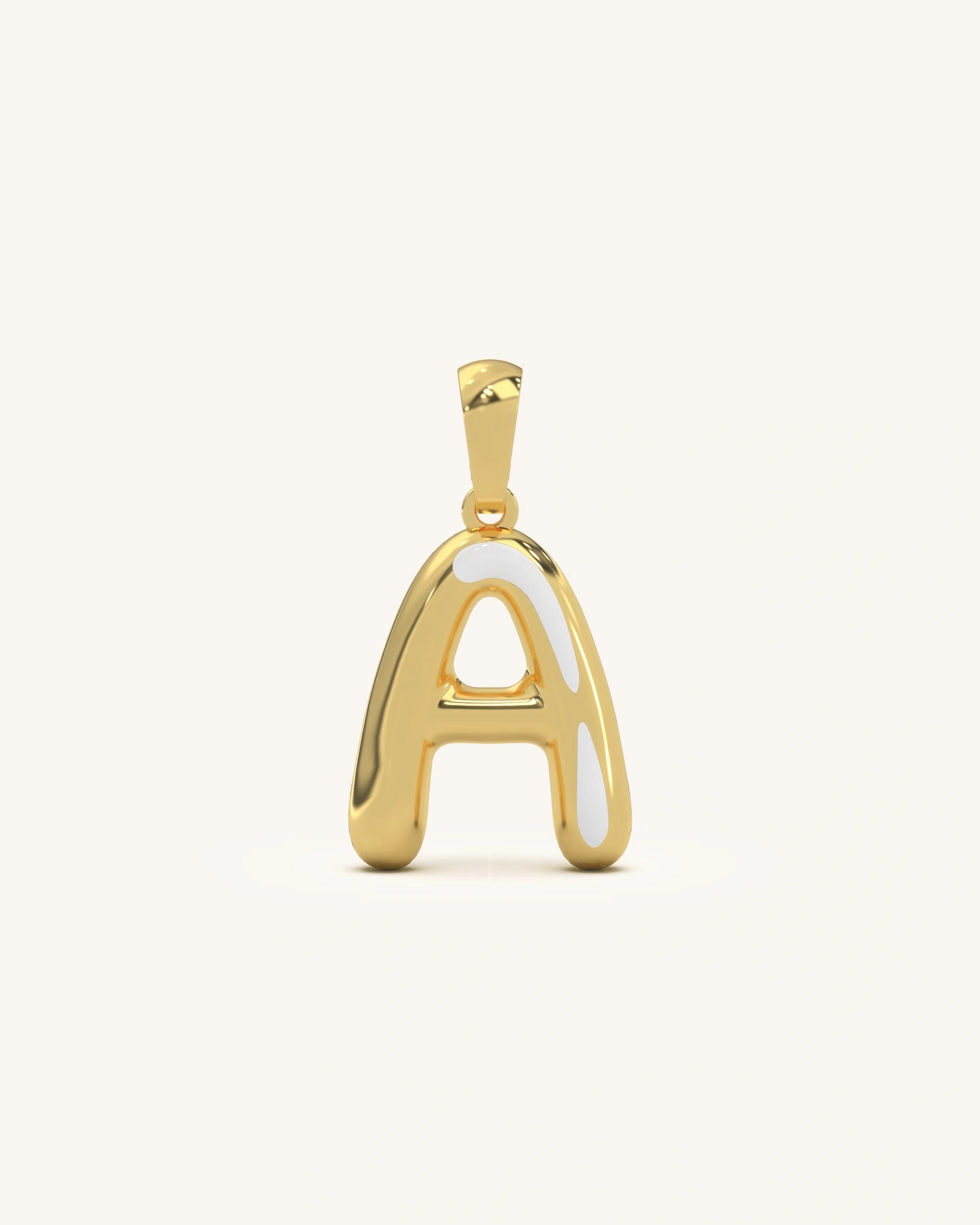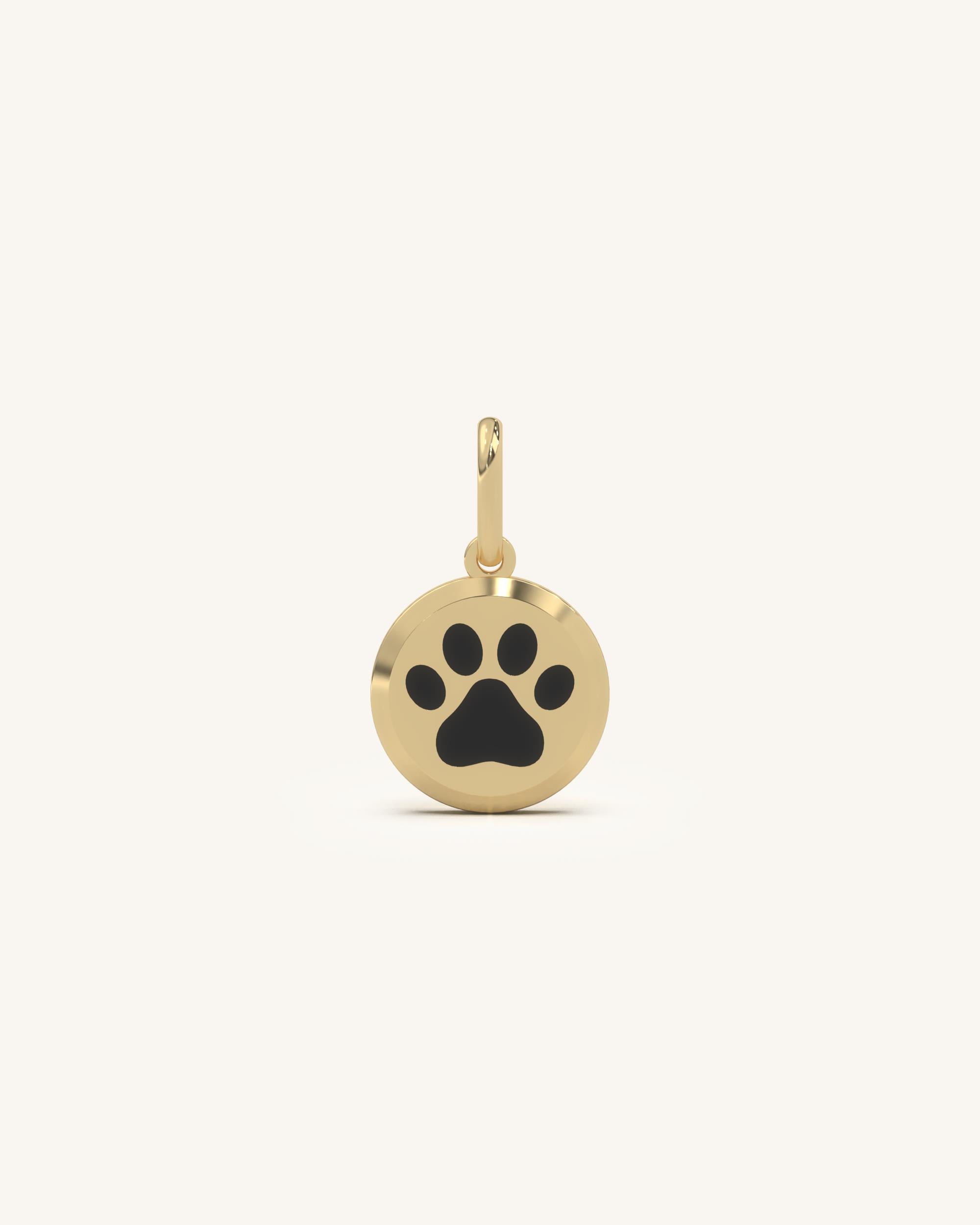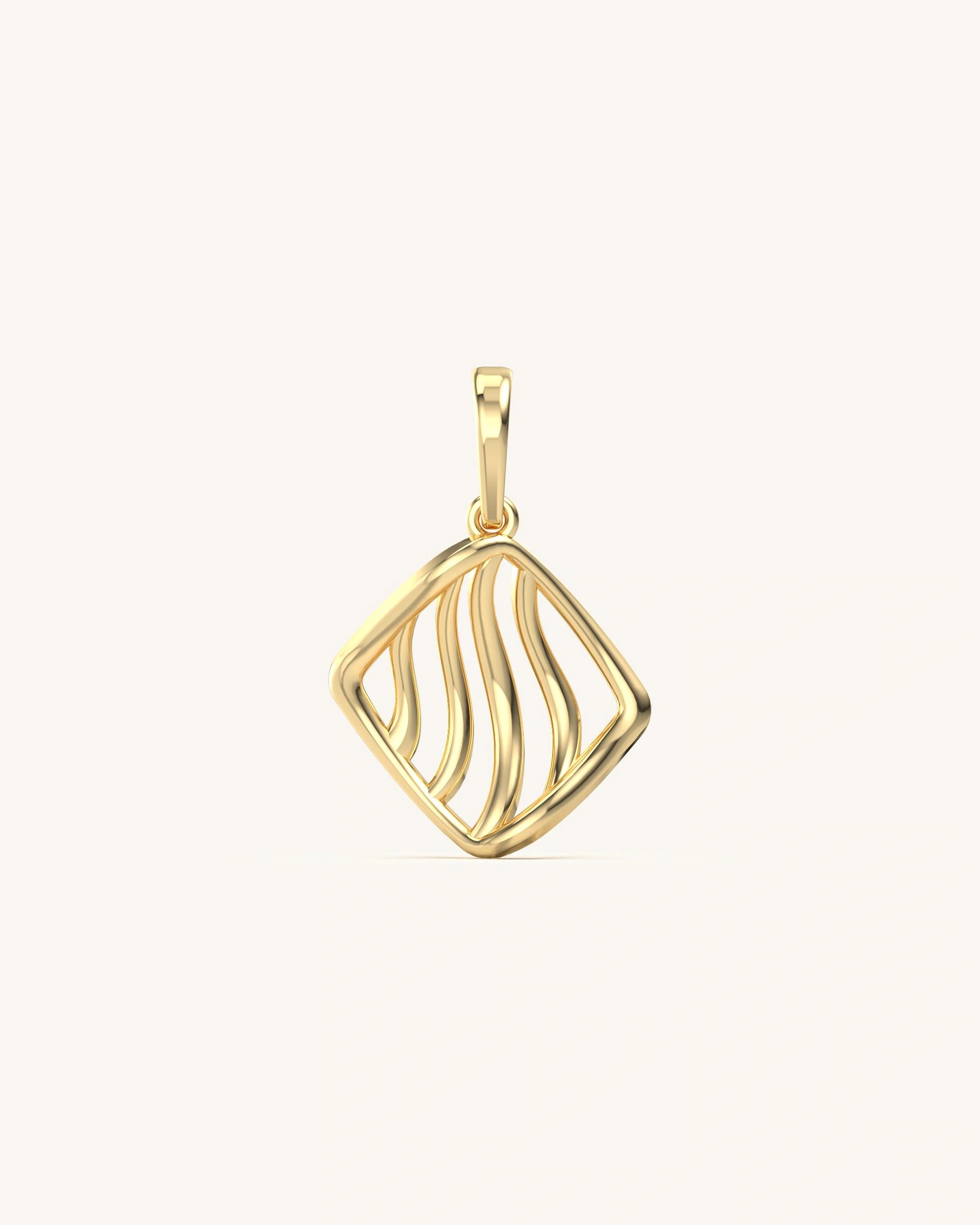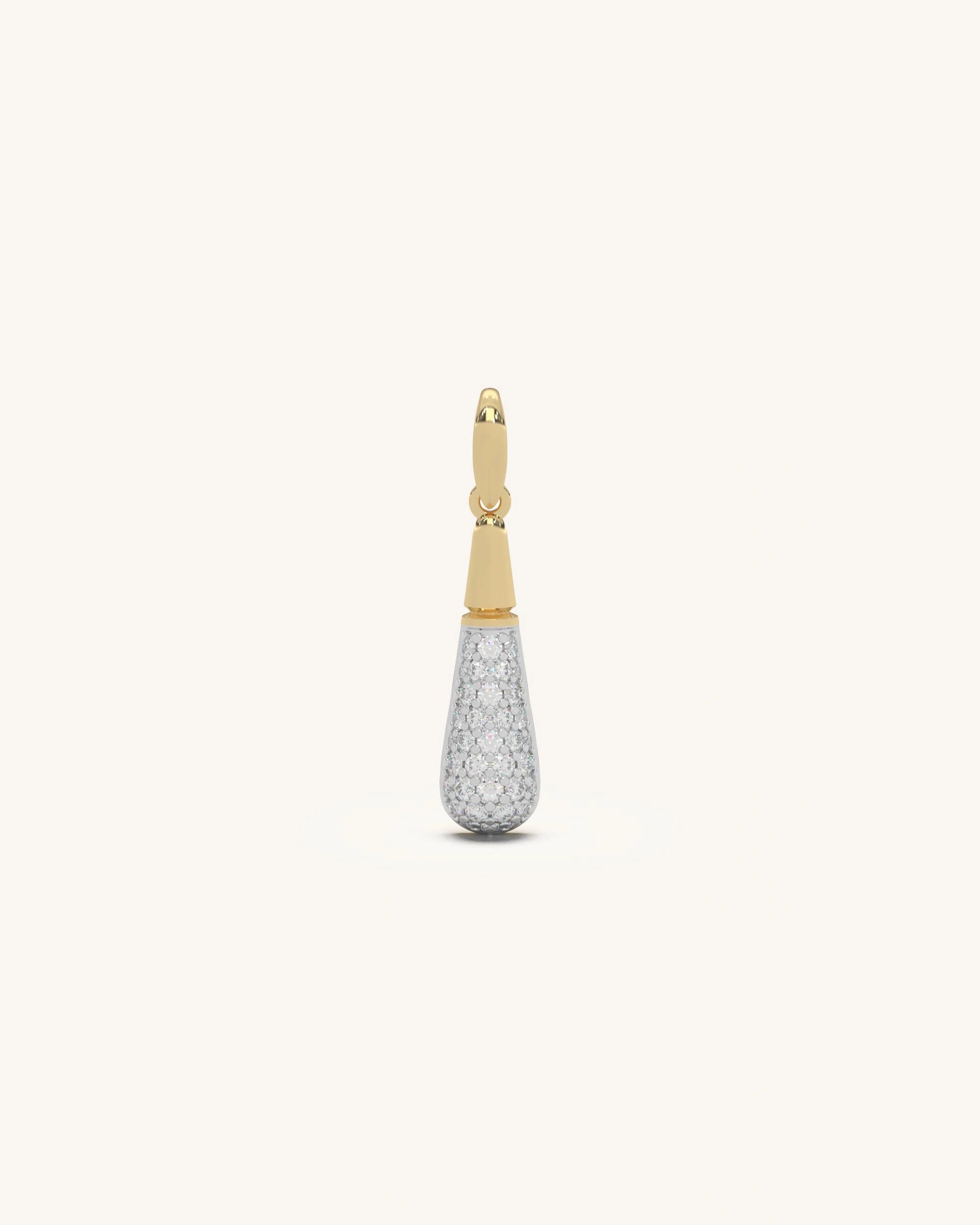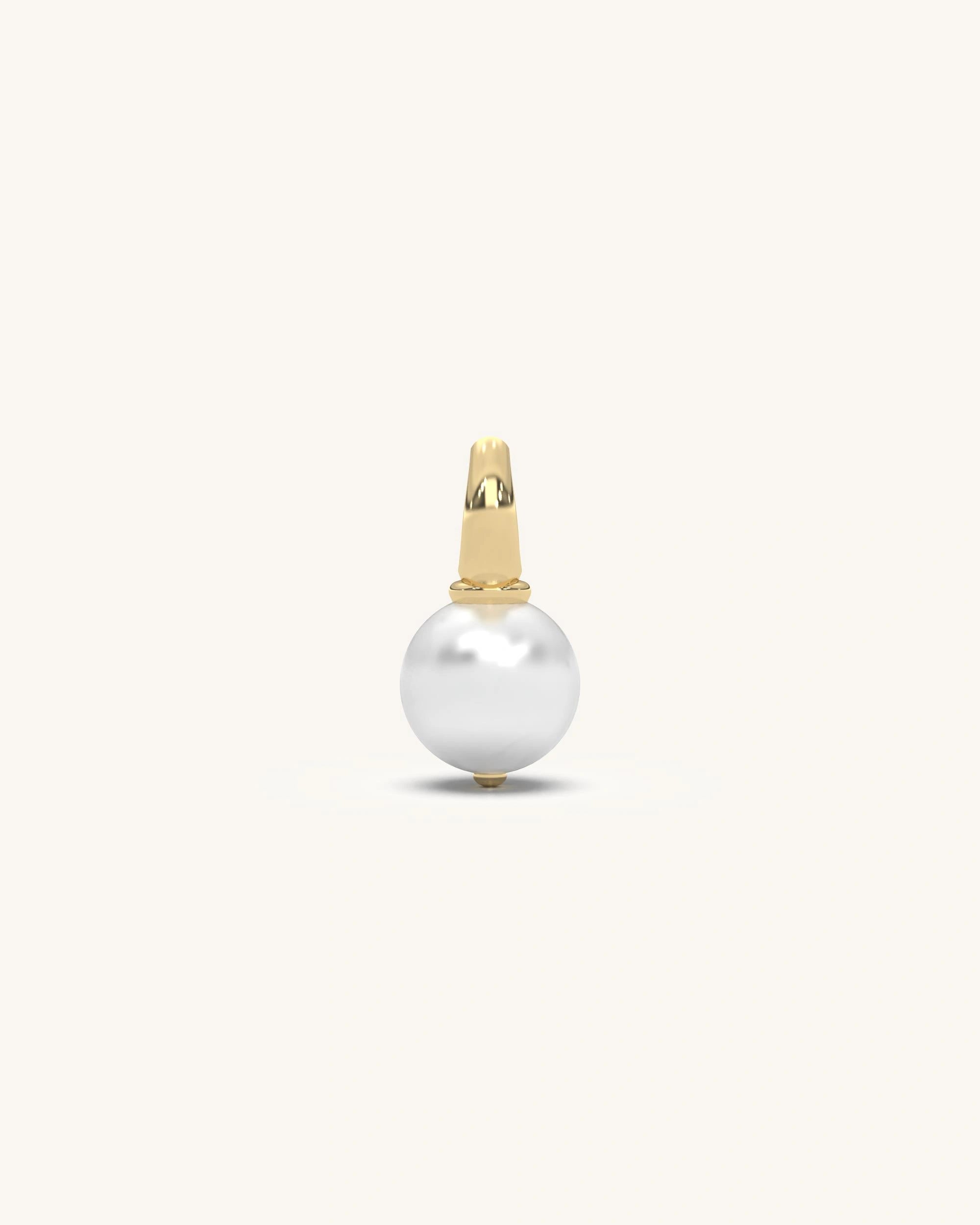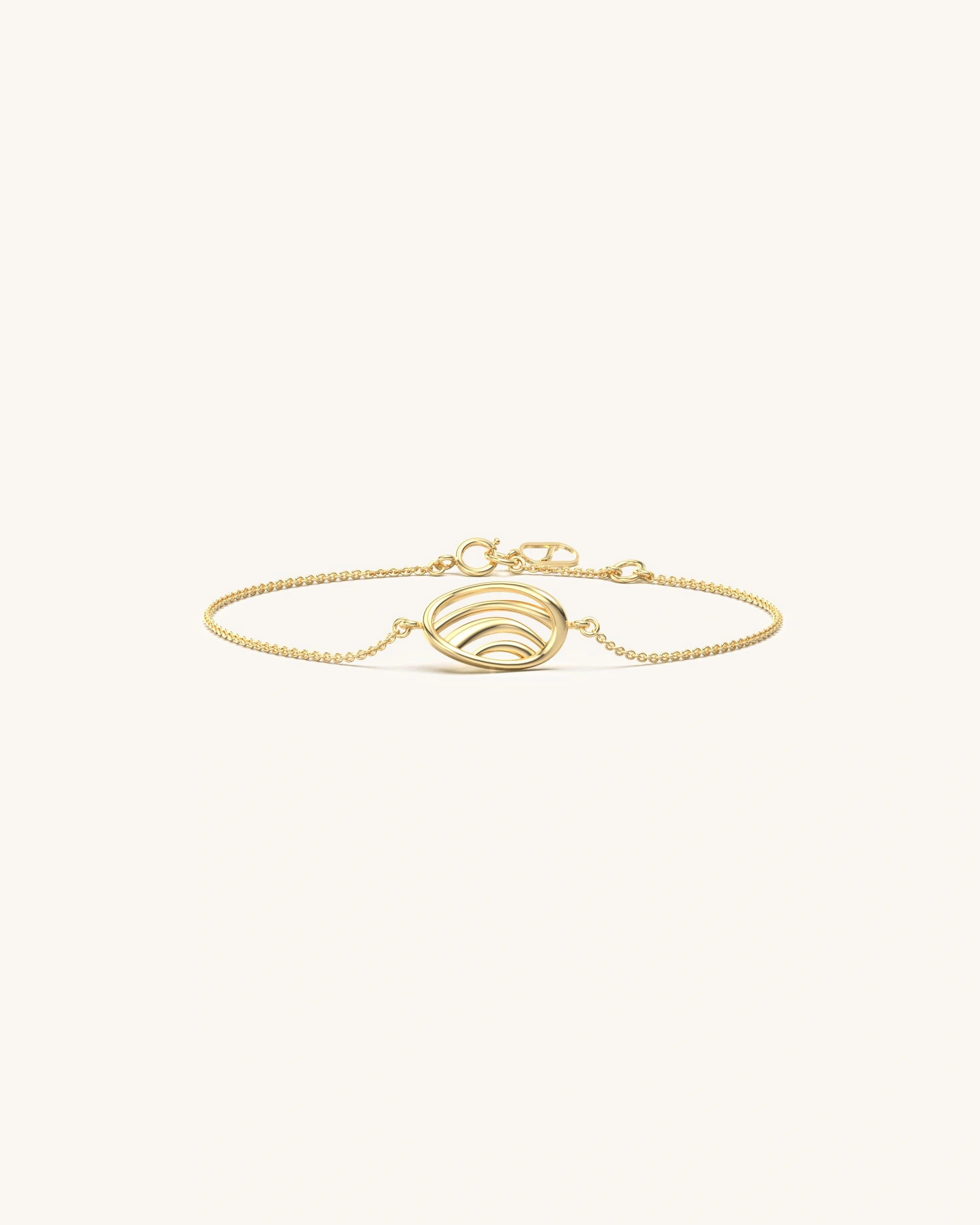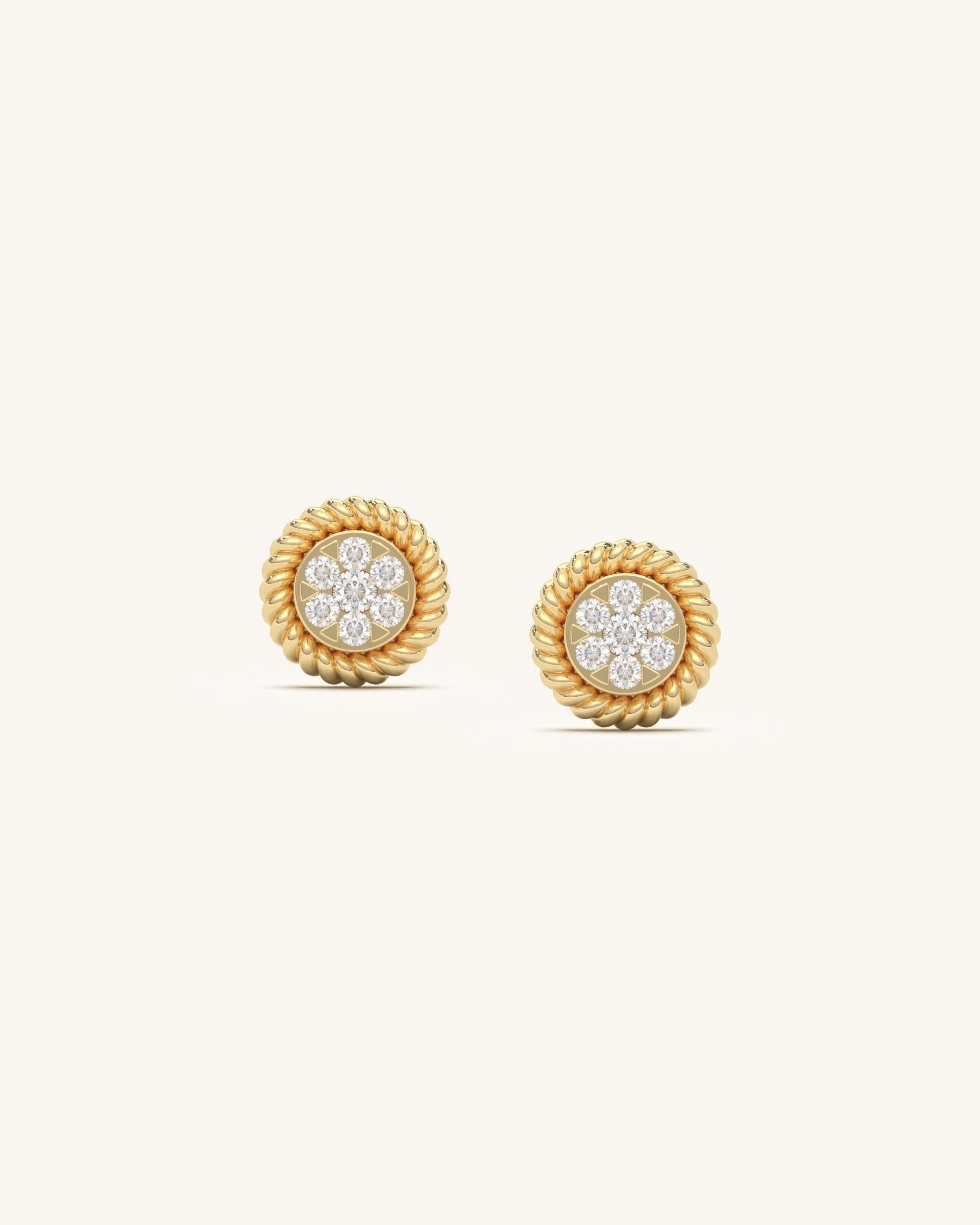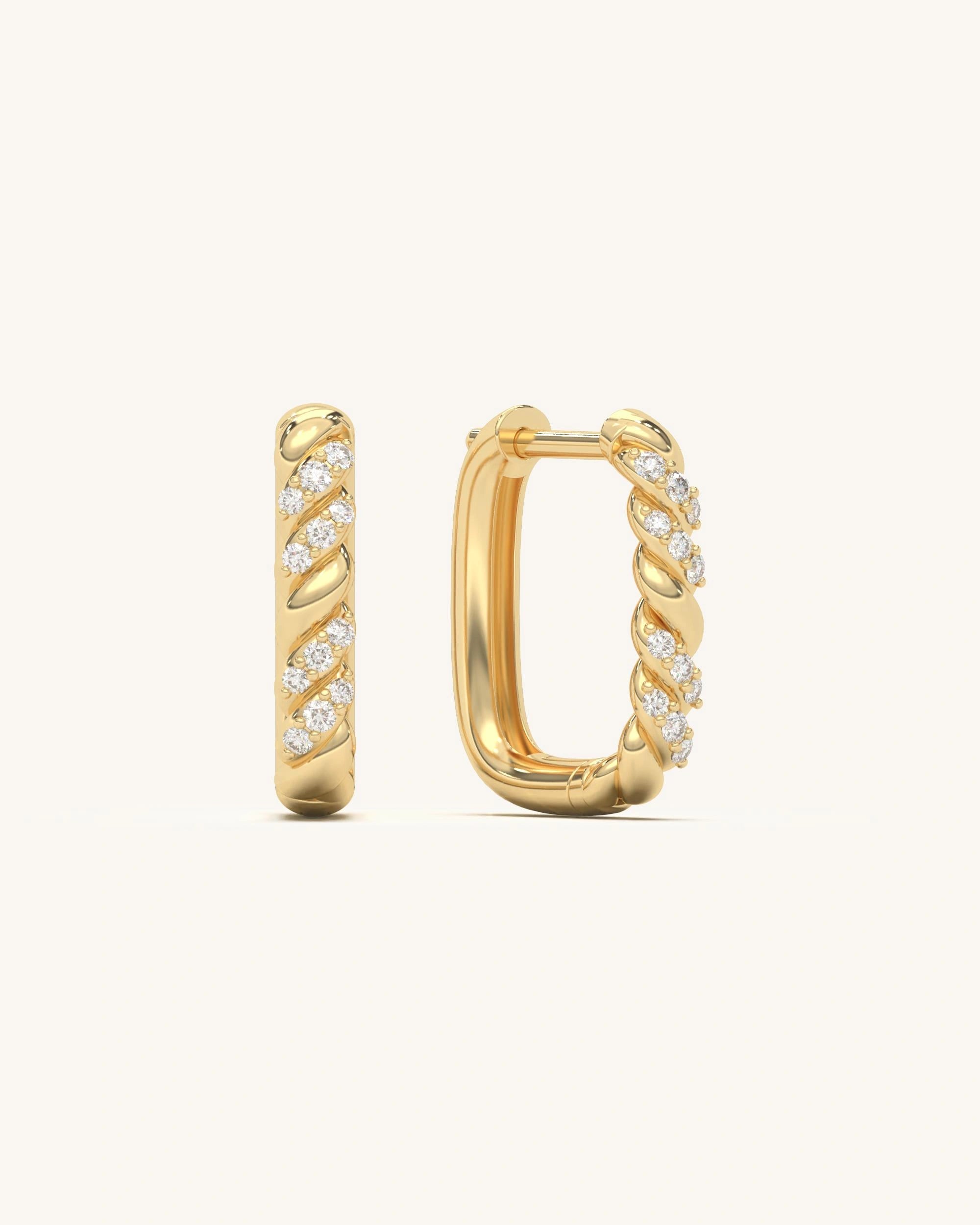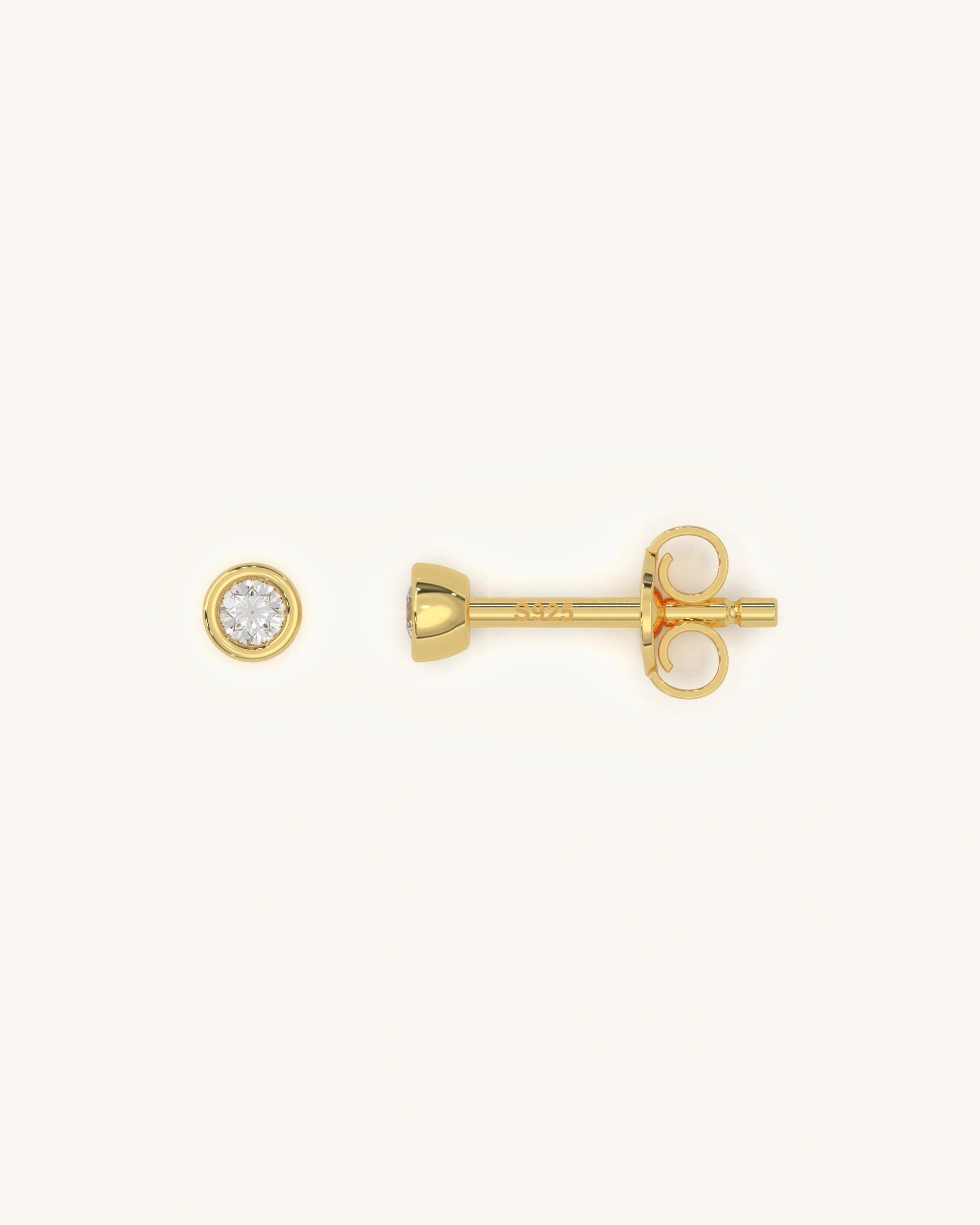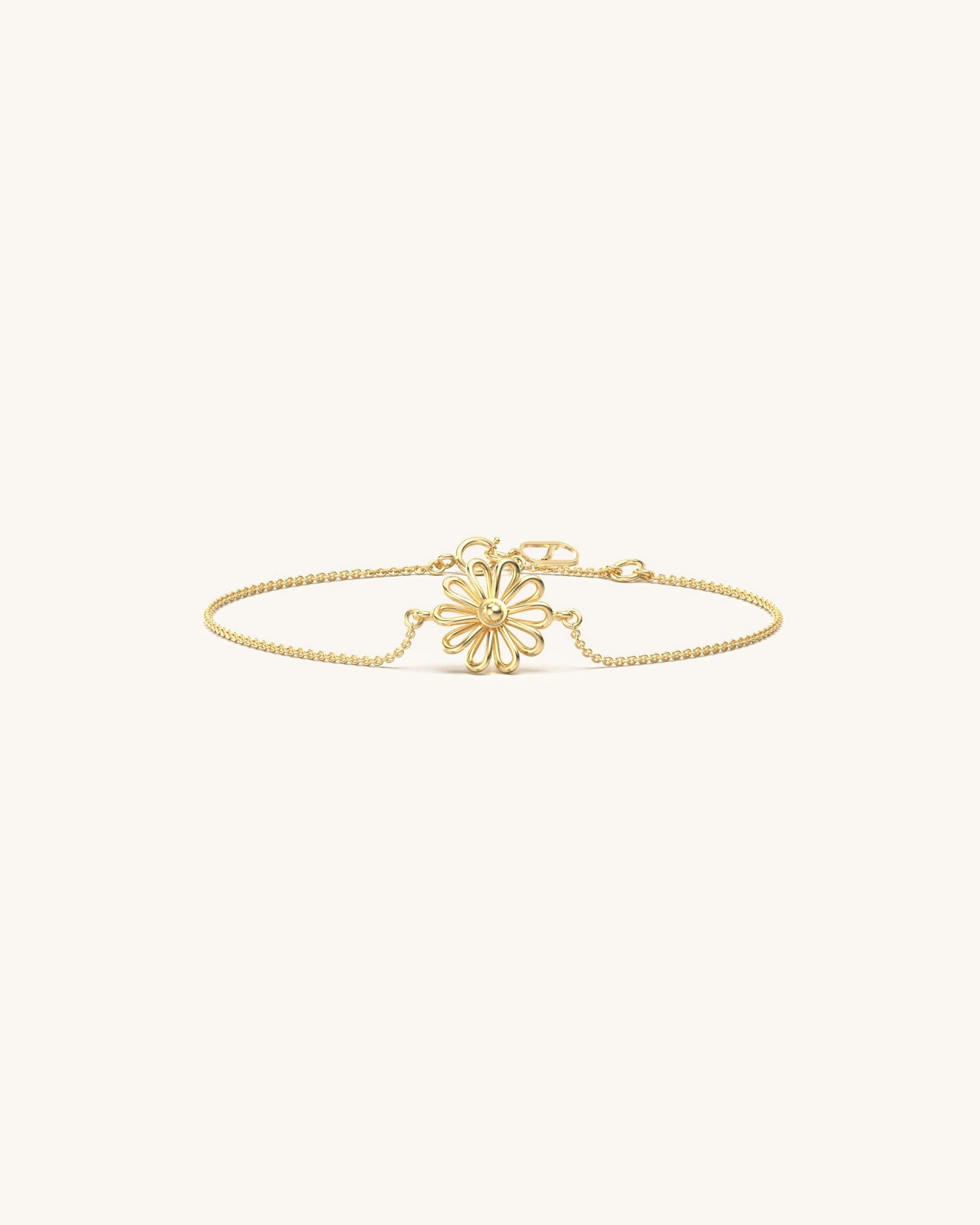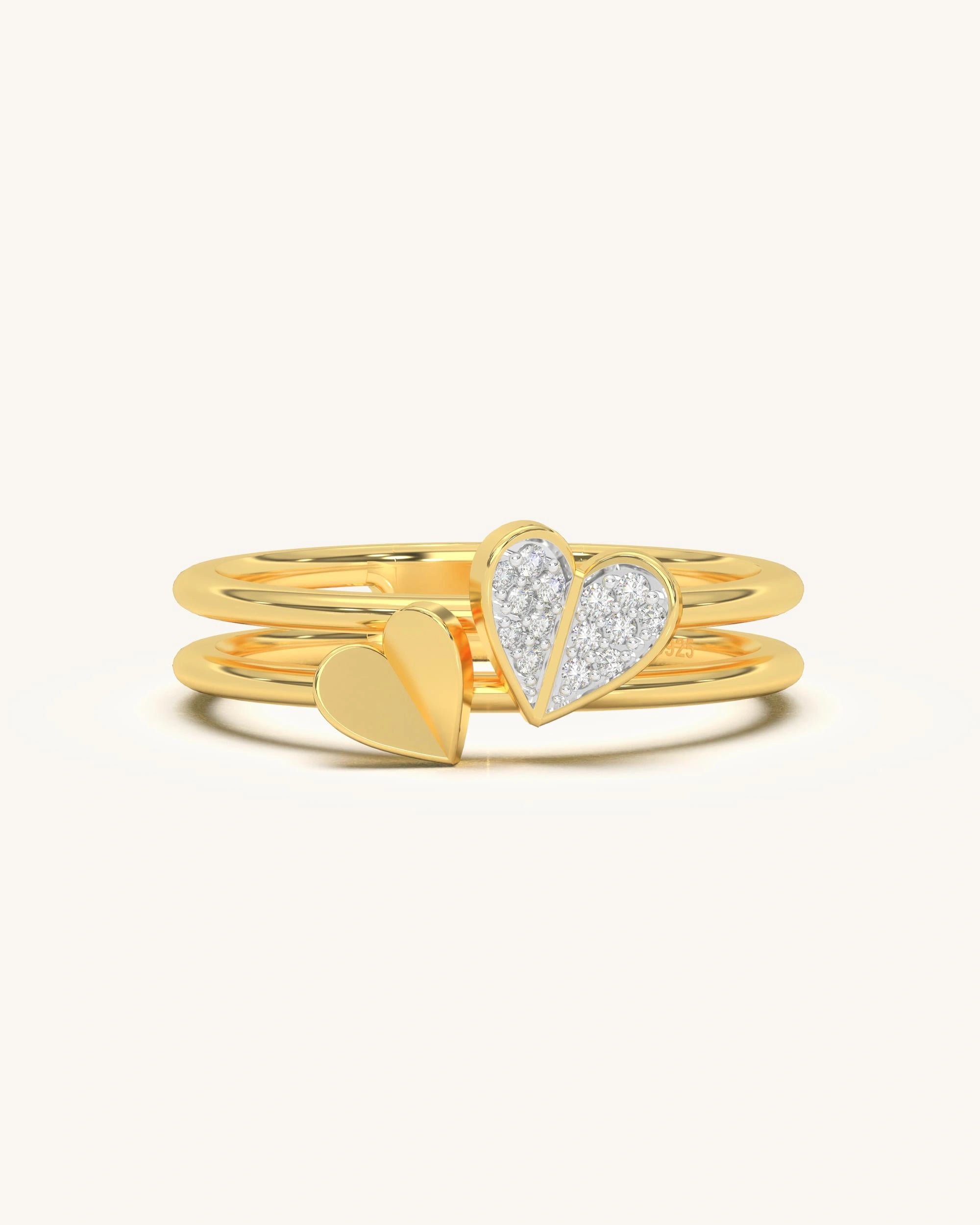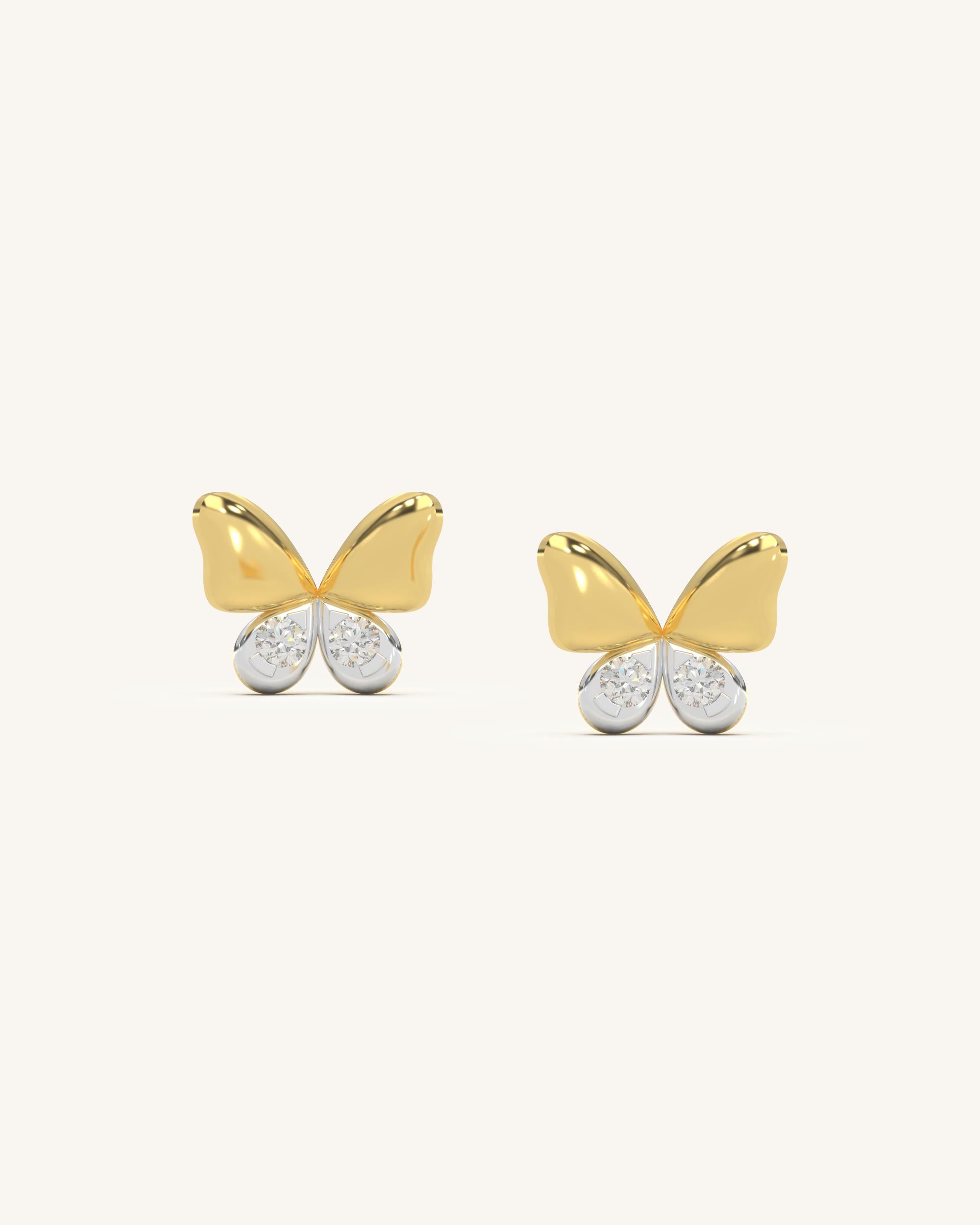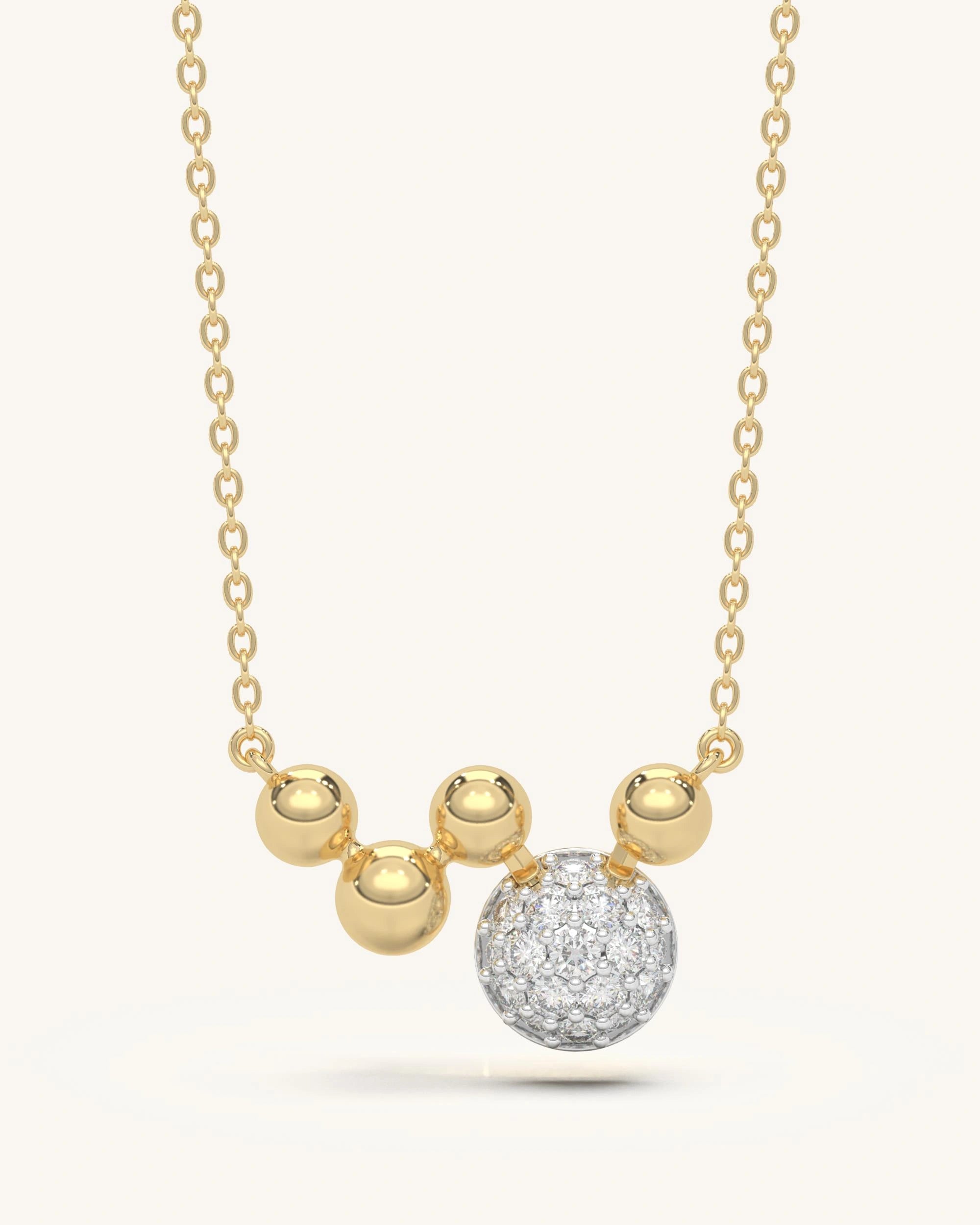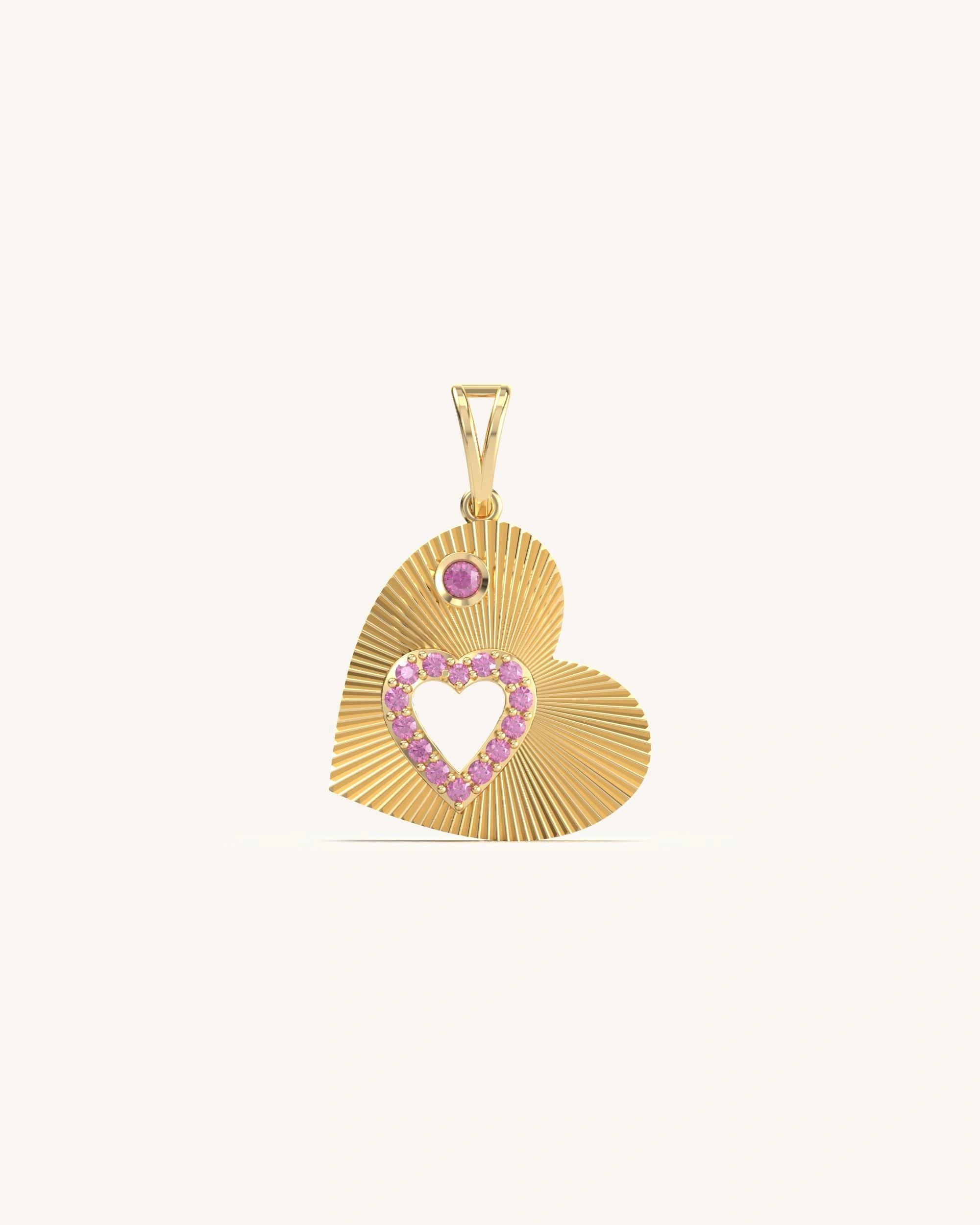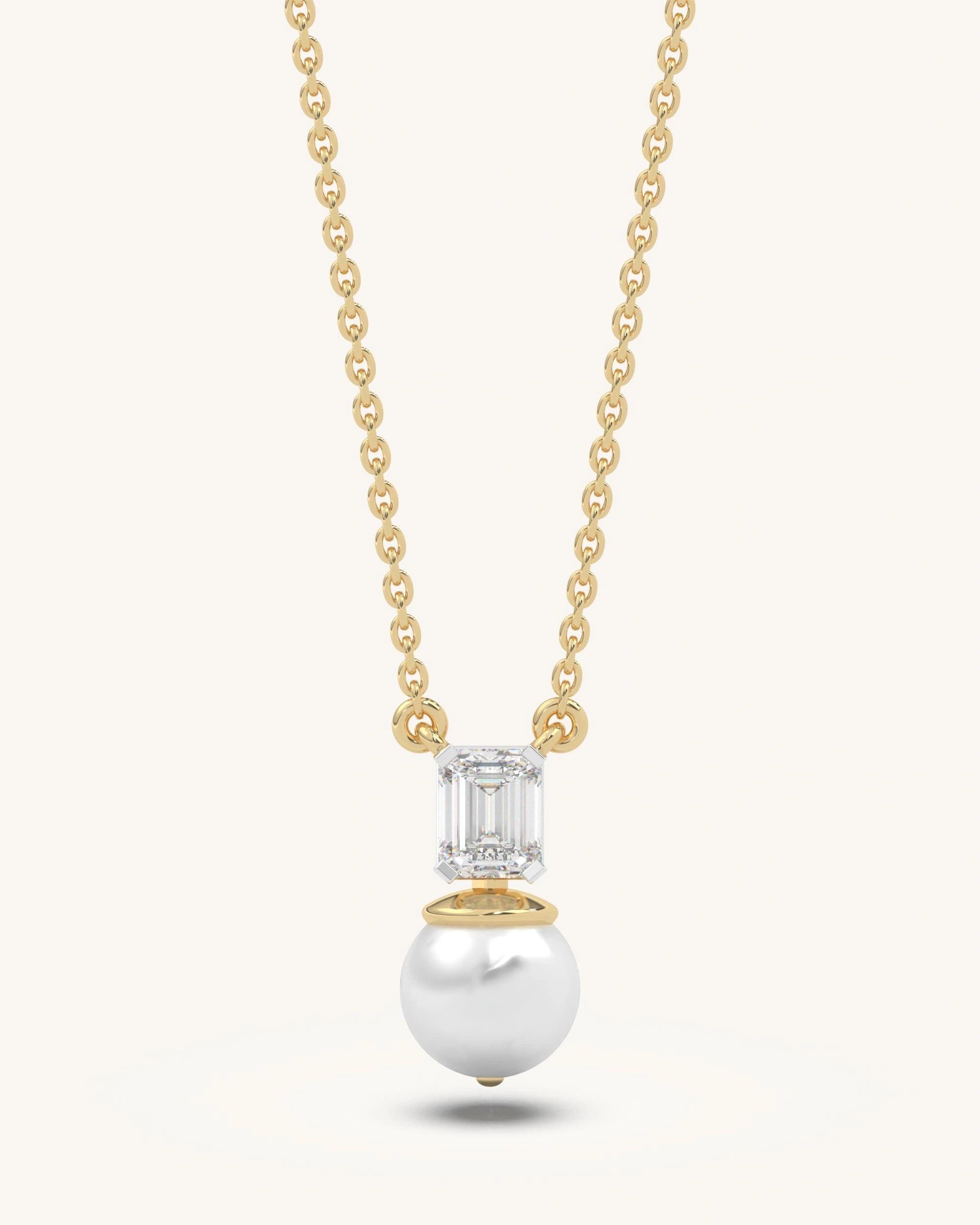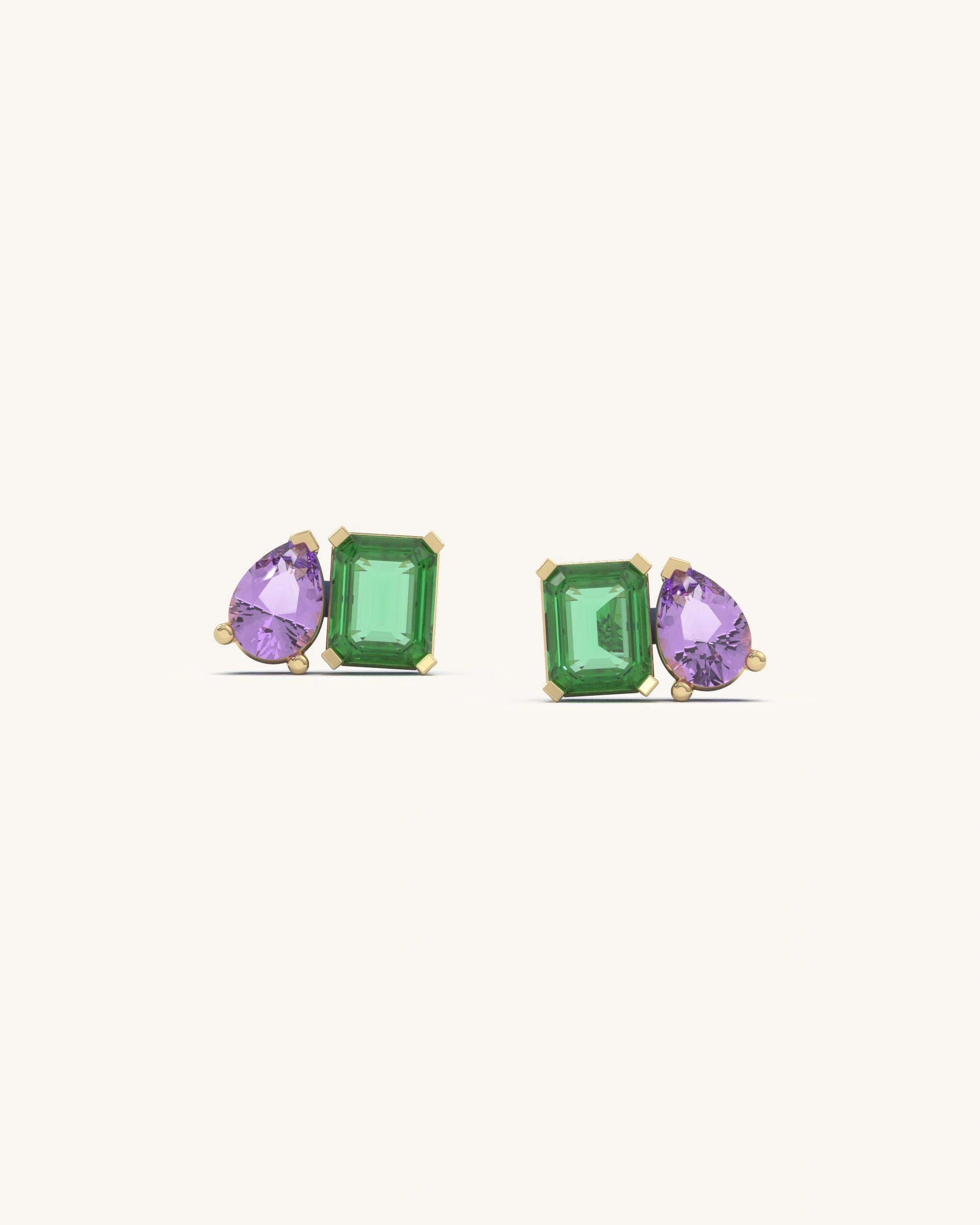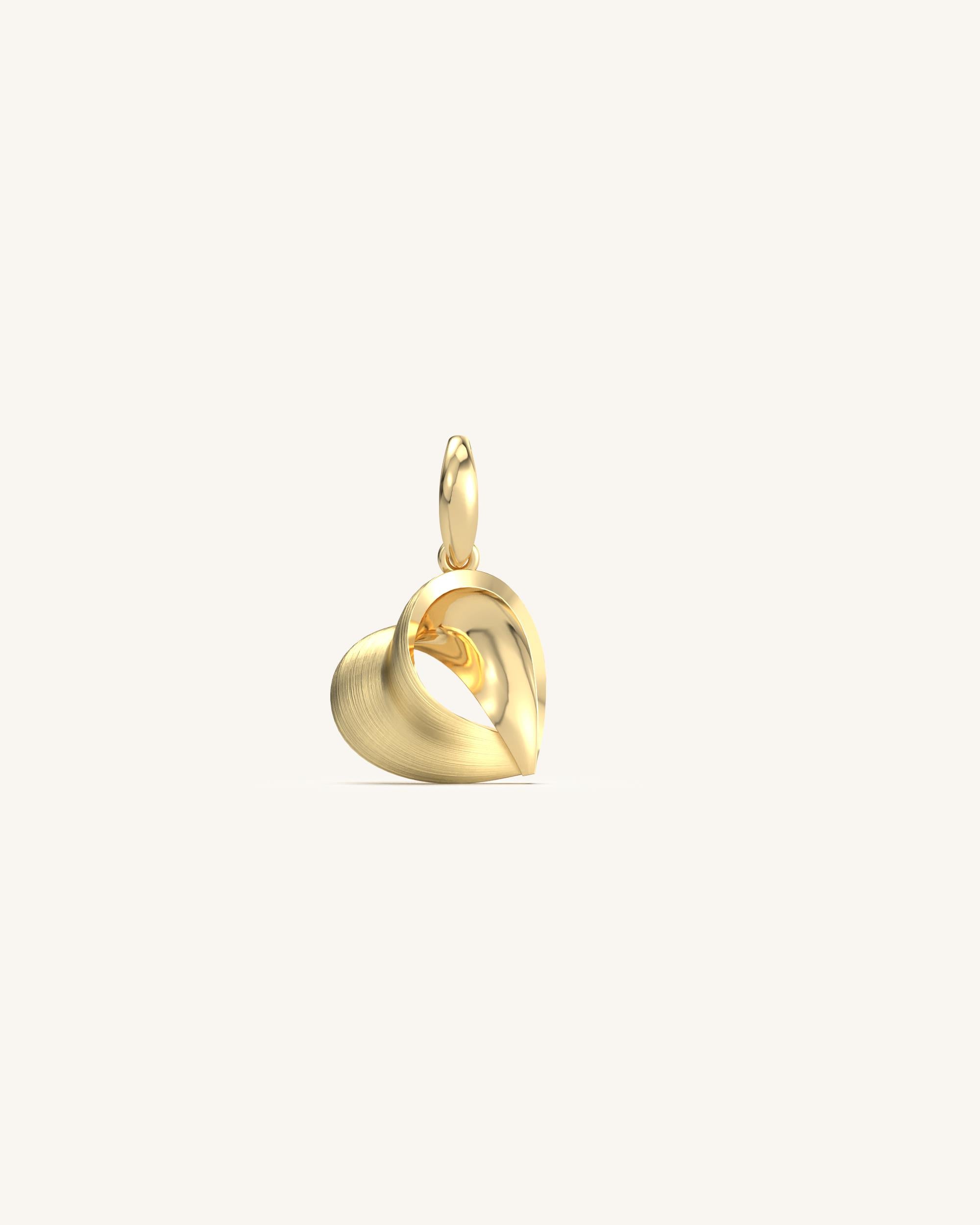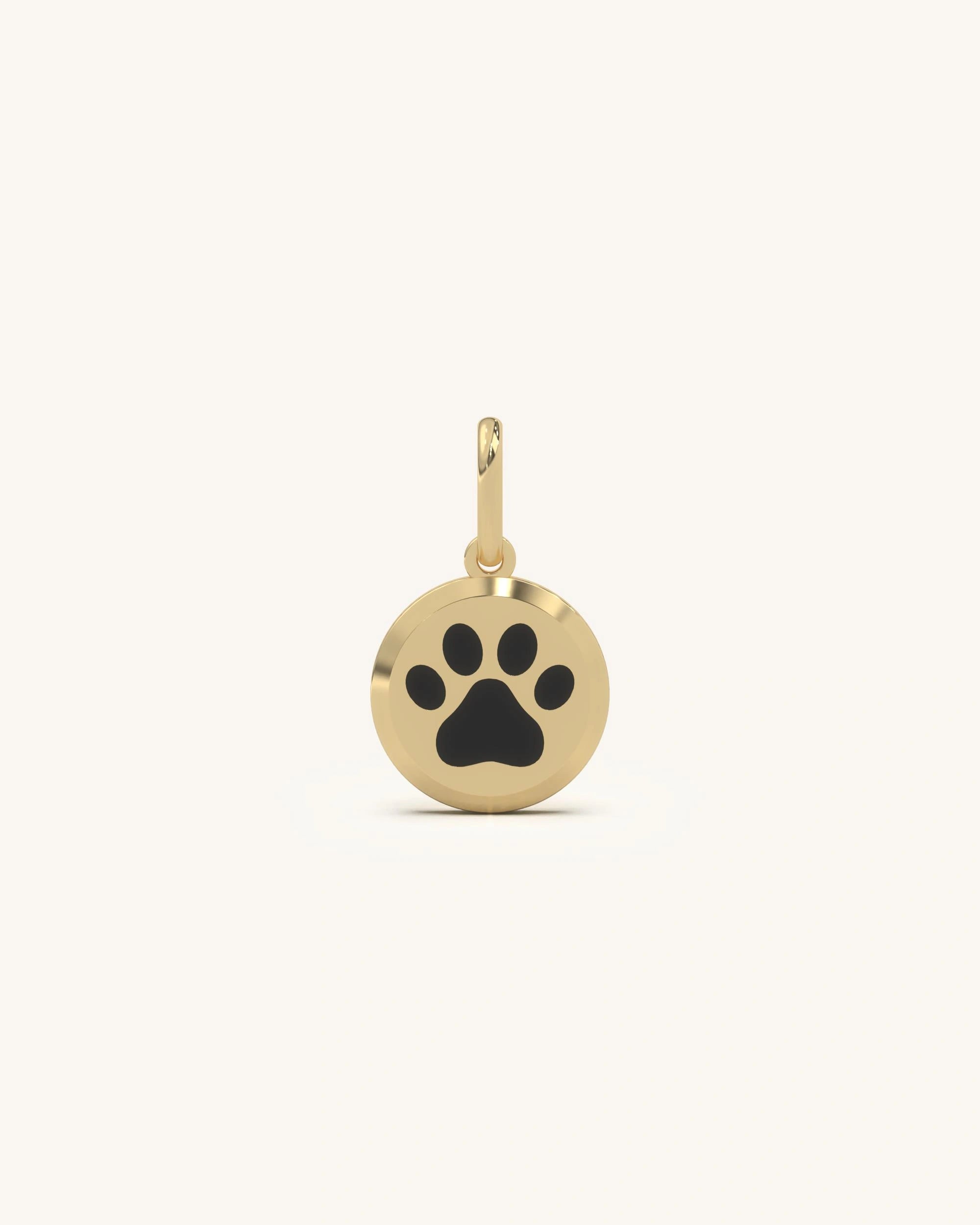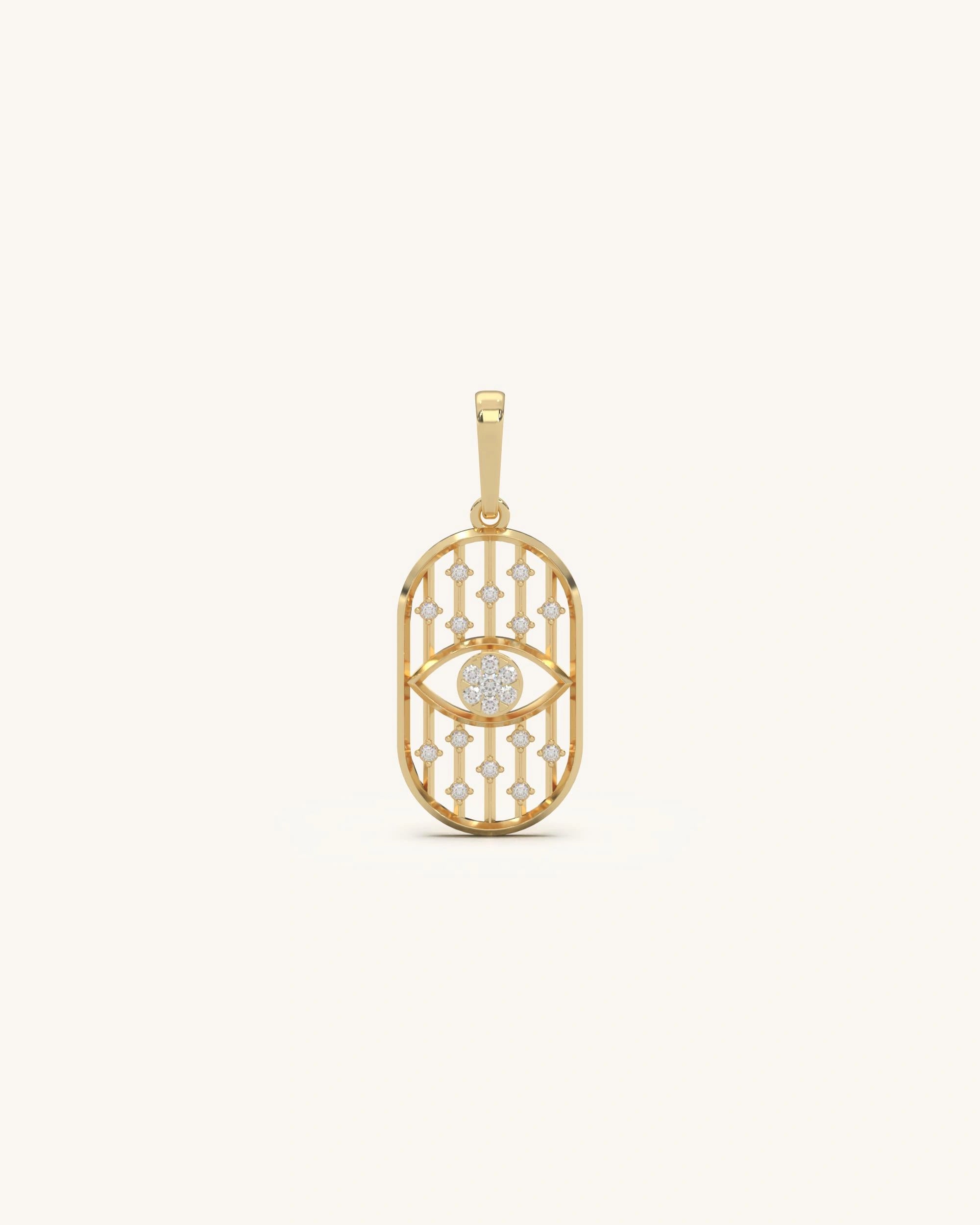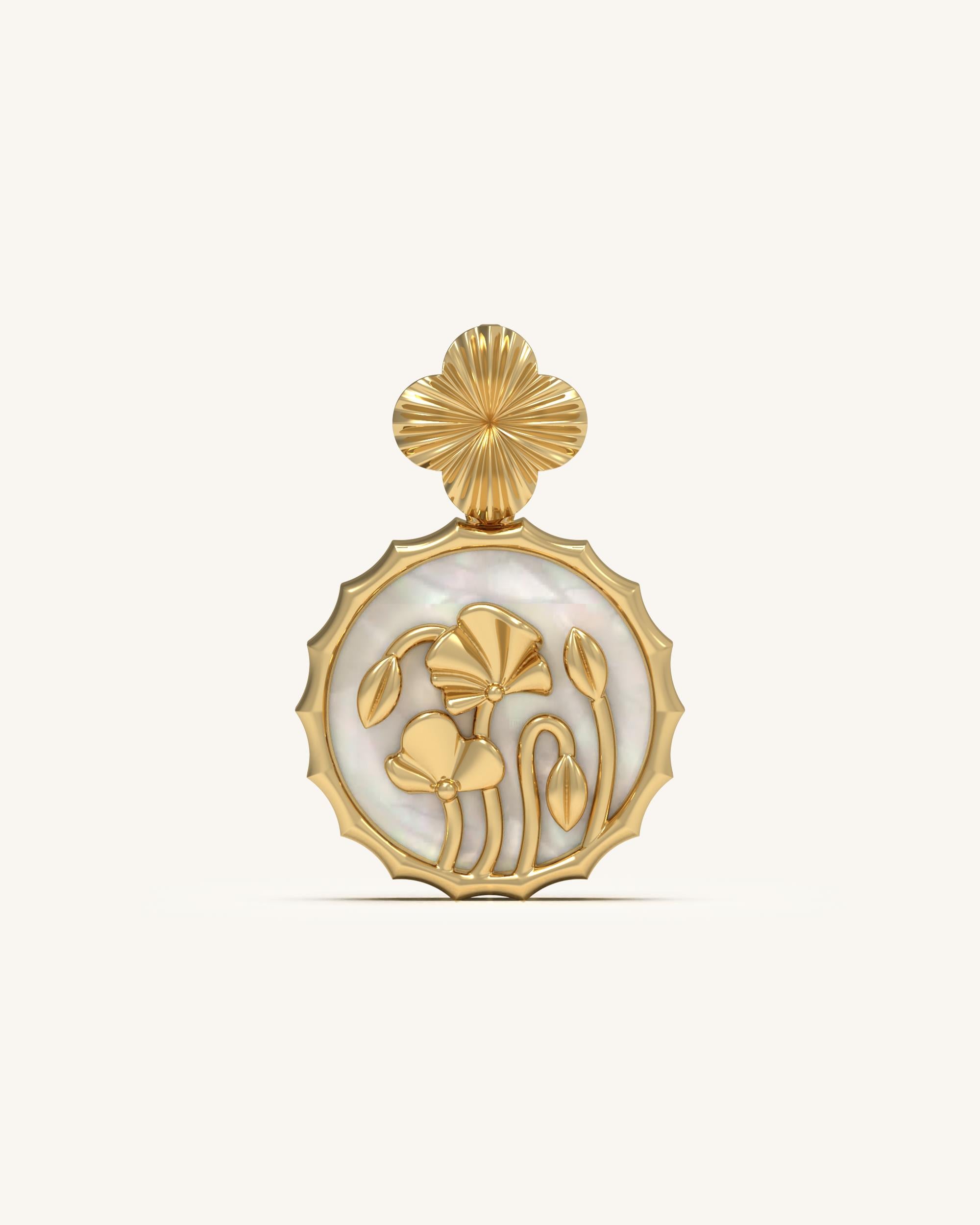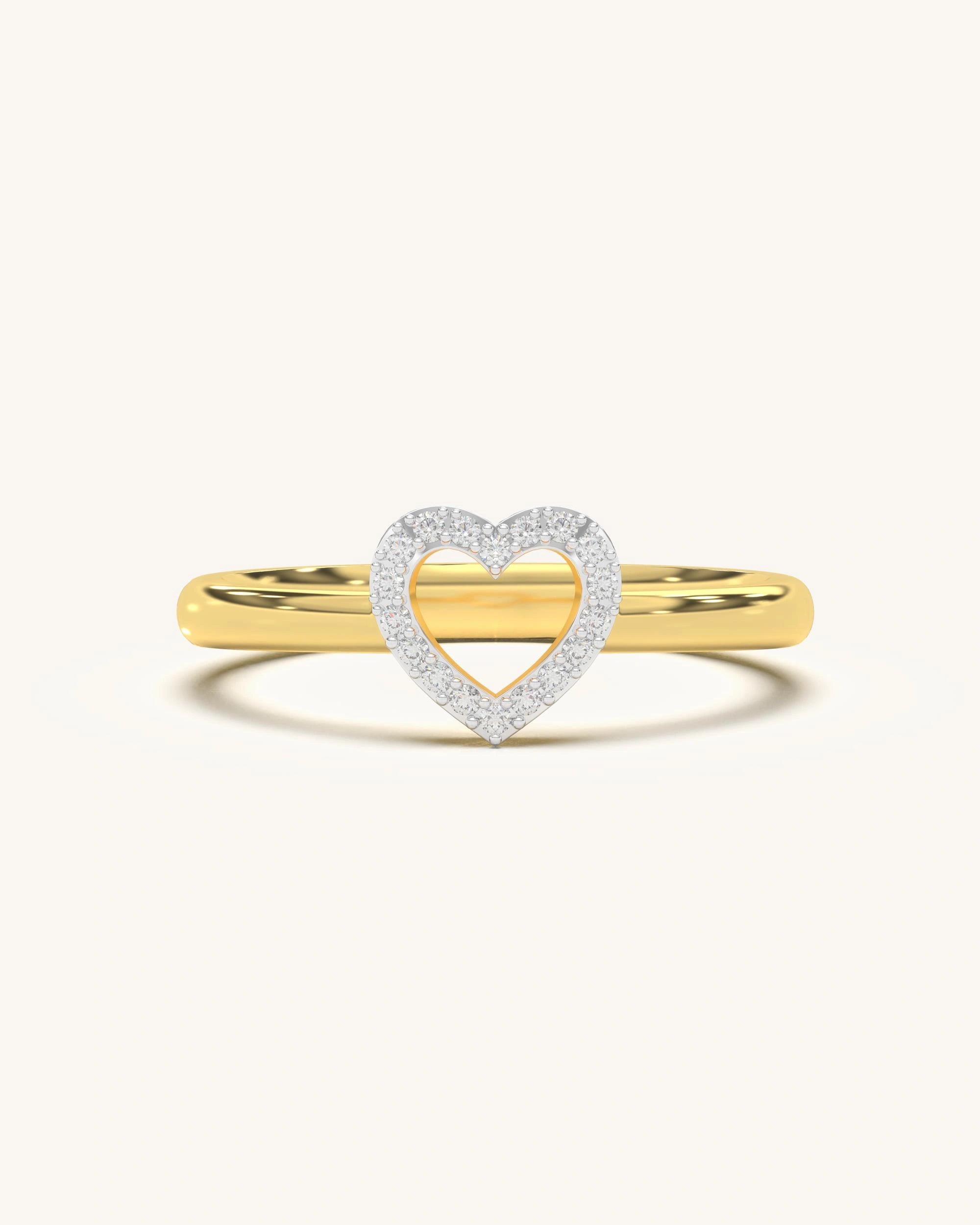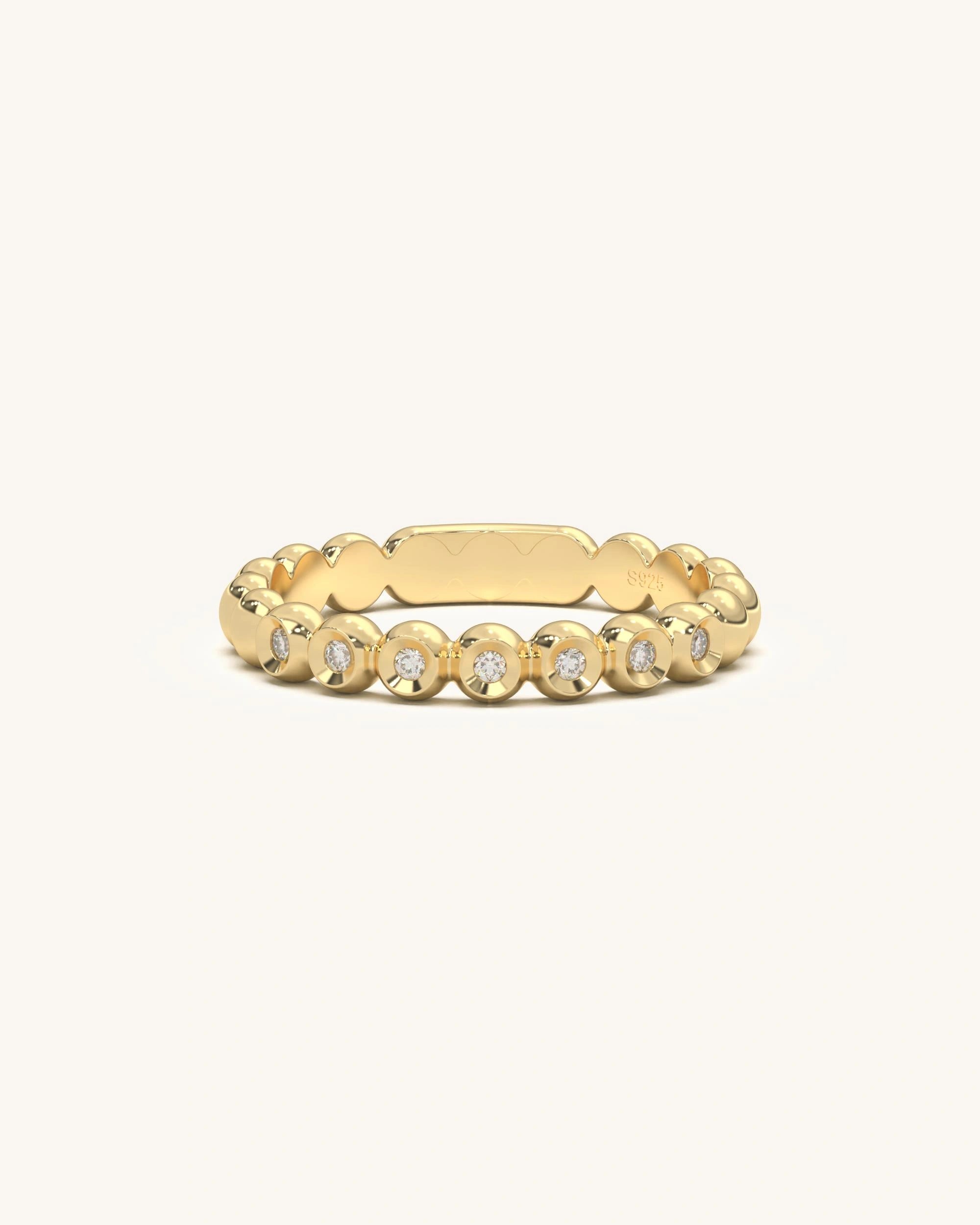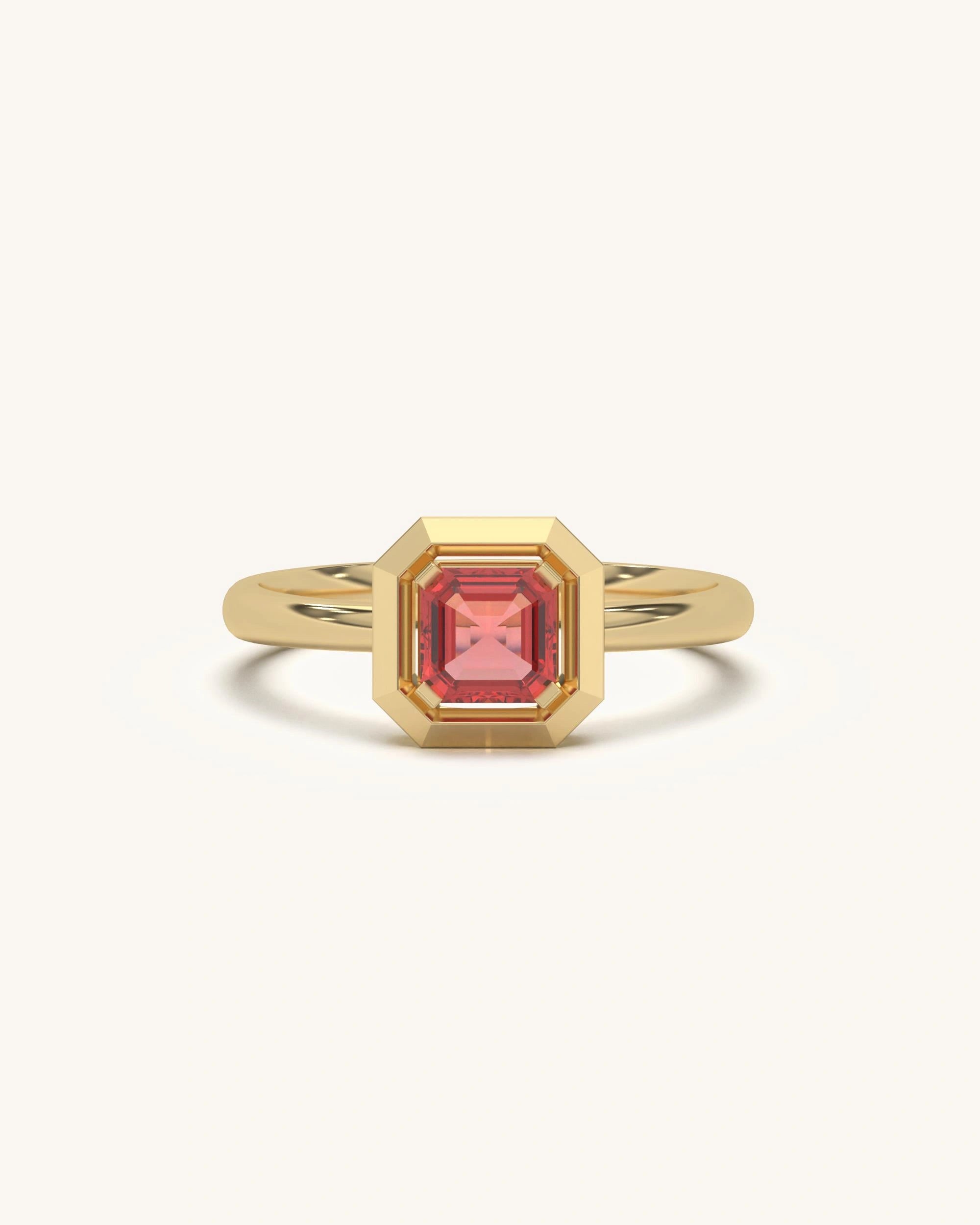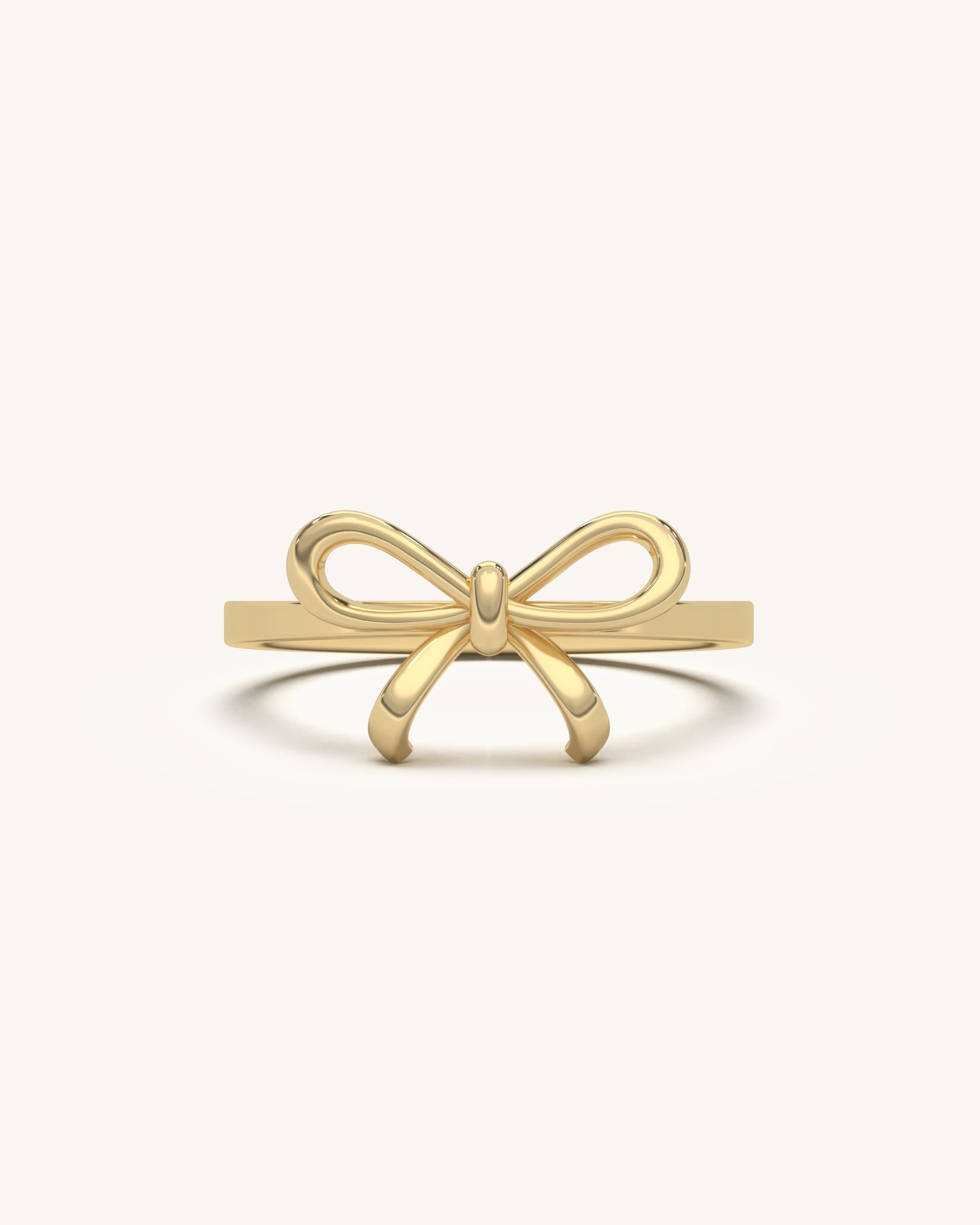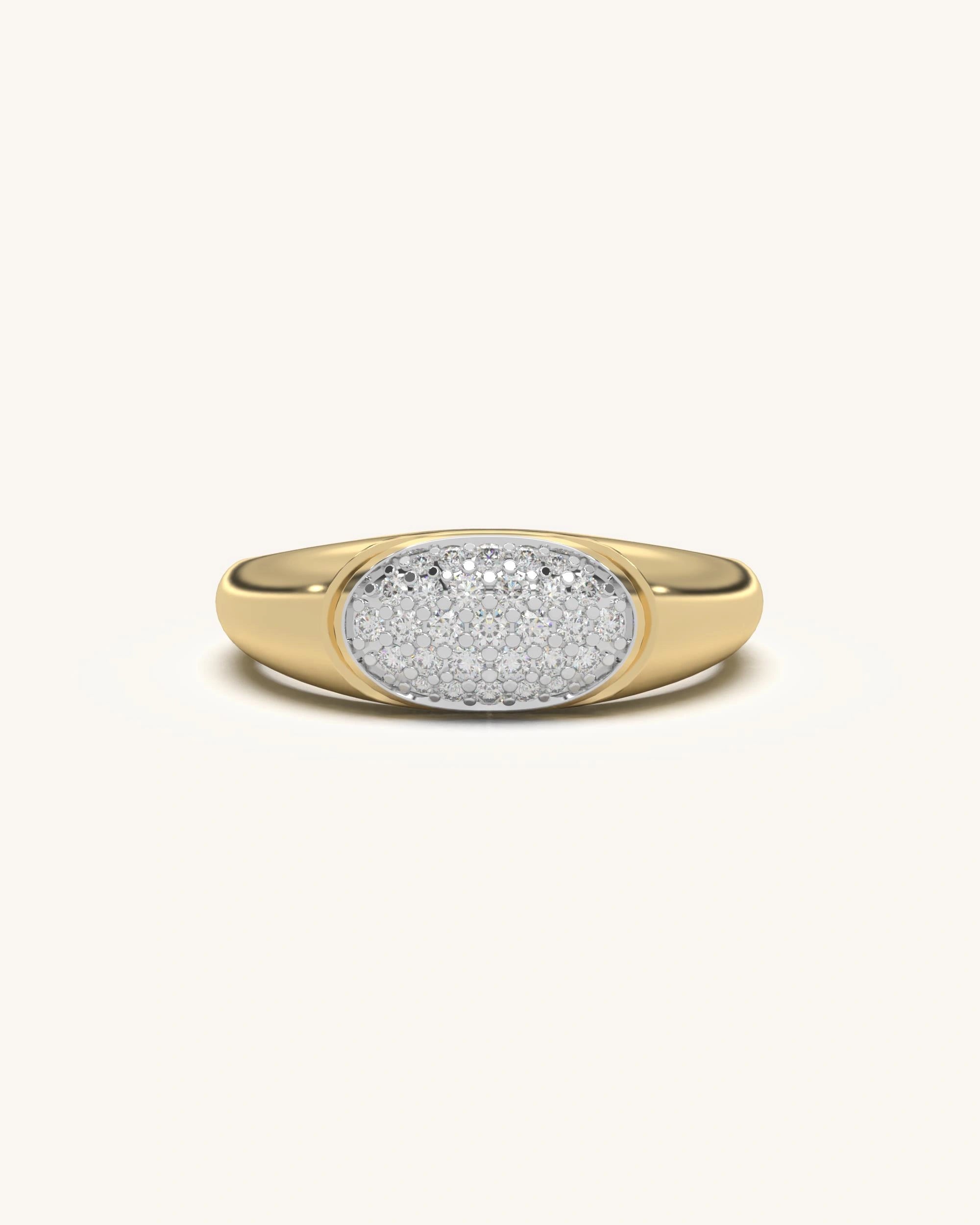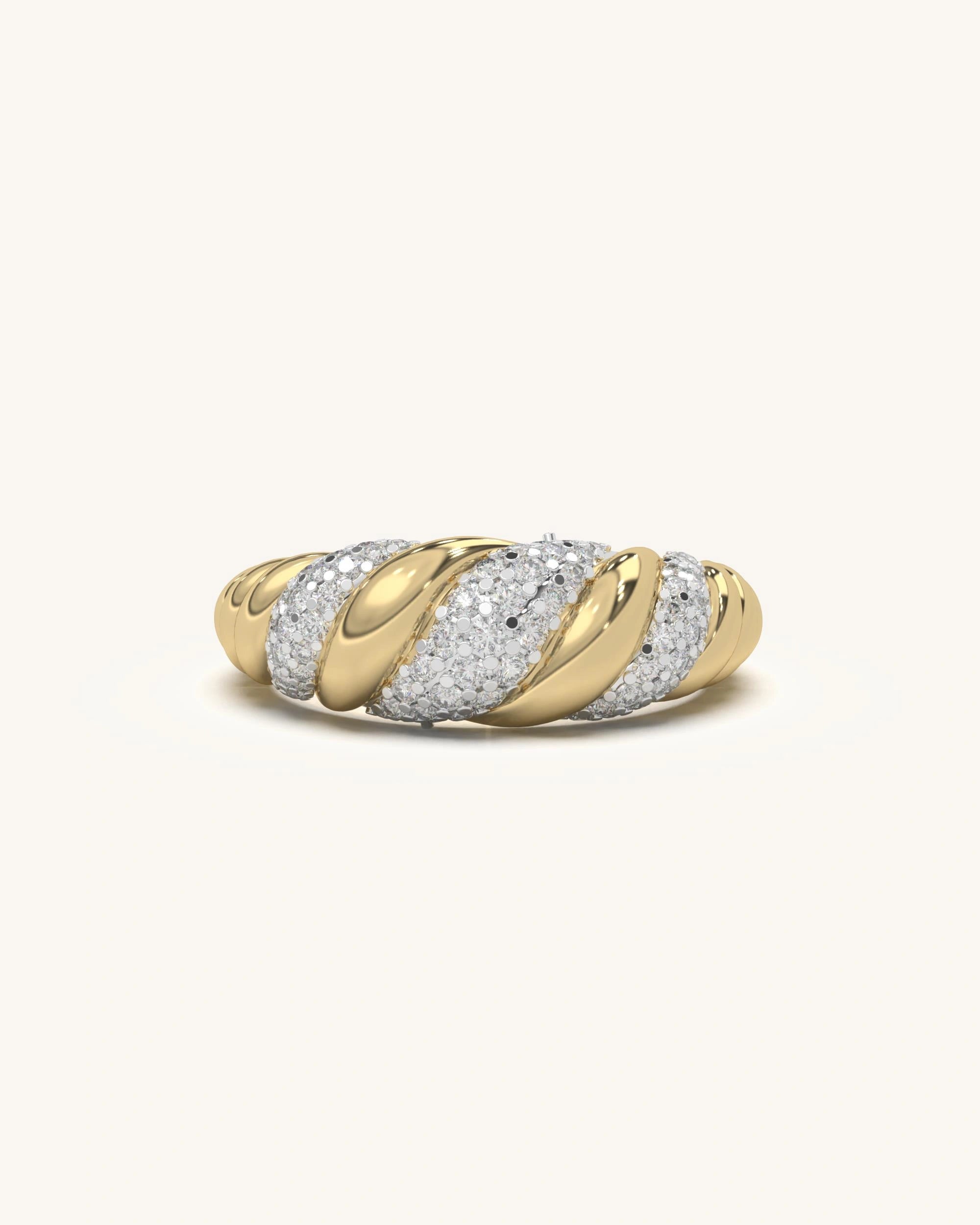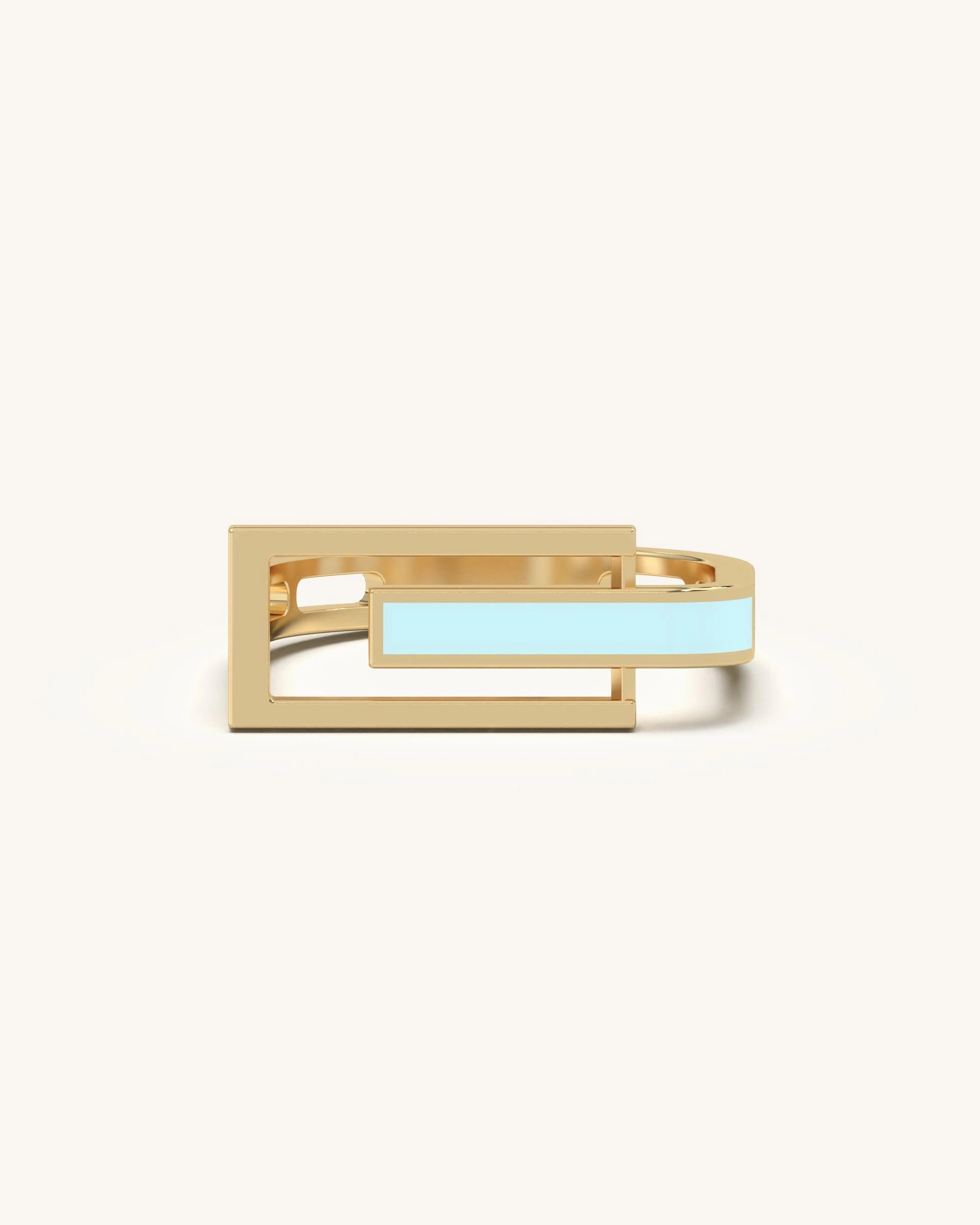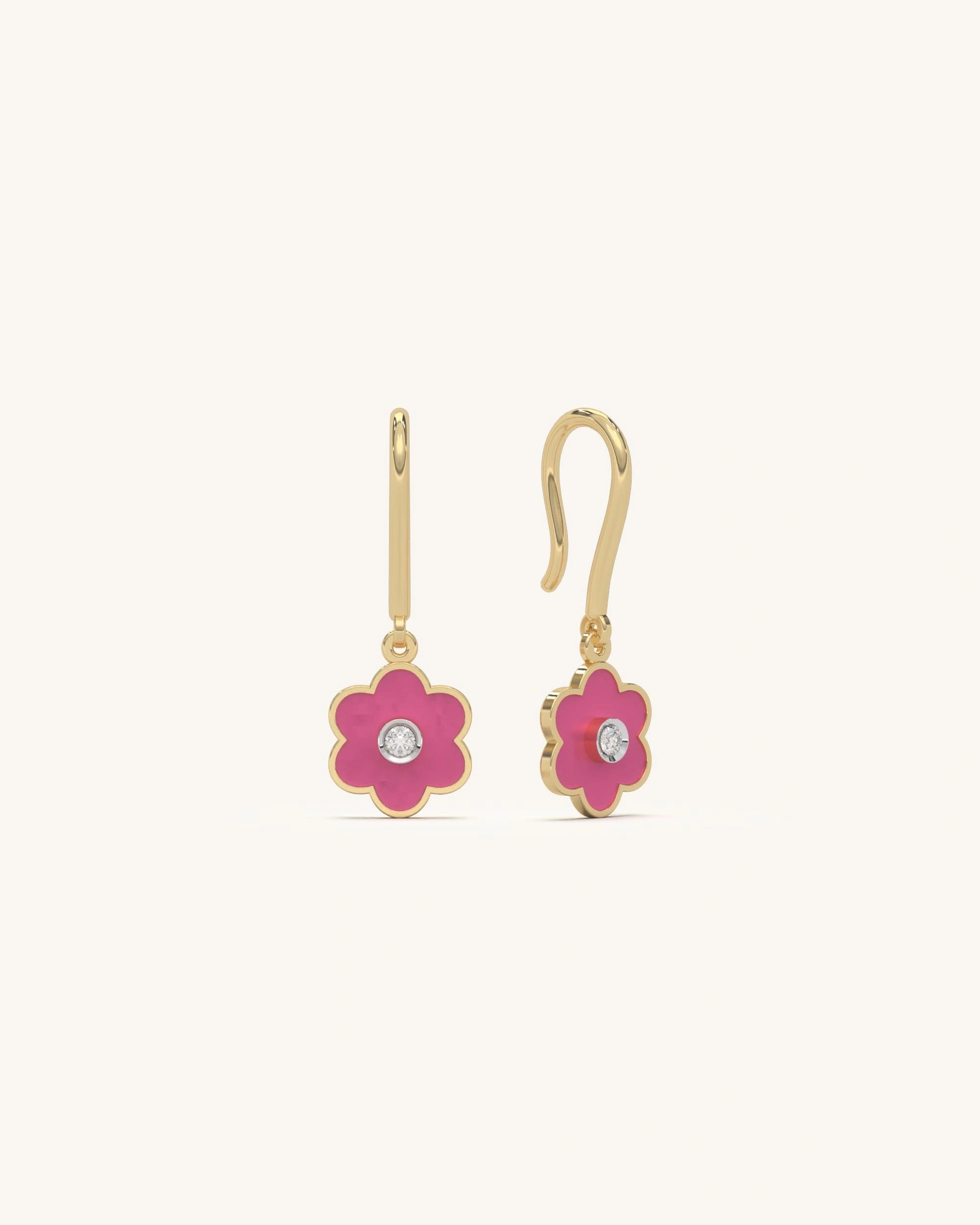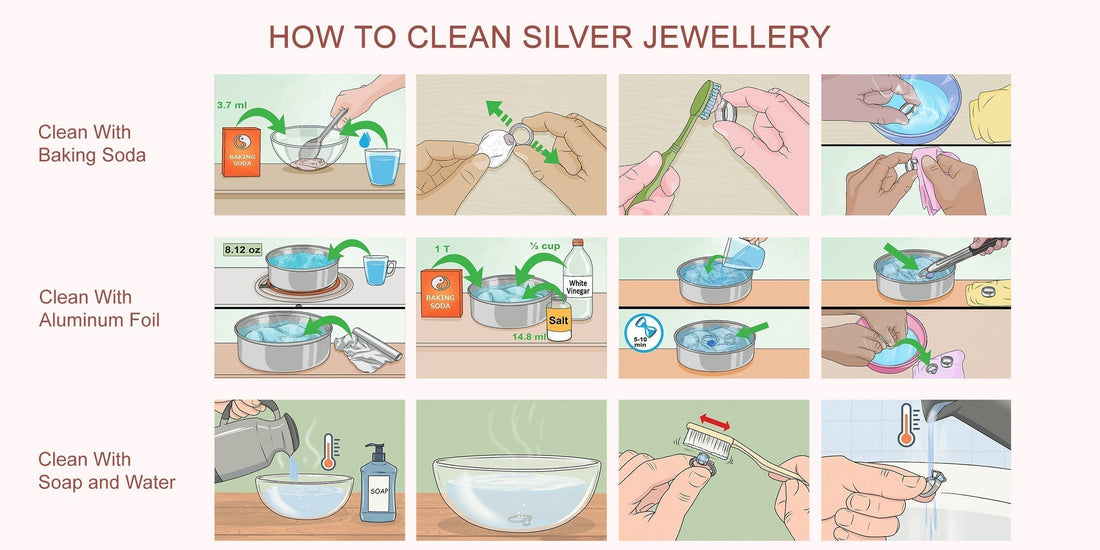
Best & Easy Hacks to Clean Silver Items at Home
Share
Silver has been a prized metal for centuries, admired for its beauty, durability, and timeless charm. Whether it’s jewellery, utensils, or decorative pieces, silver brings elegance into our lives. However, over time, silver loses its shine and develops a dark coating known as tarnish.
If you’ve been wondering the best way to clean silver items at home, you’ll be glad to know that restoring its sparkle is easier than you think. With just a few household ingredients and simple hacks, you can bring back the lustre to your favourite silver pieces.
Why Silver Tarnishes Over Time
Silver tarnishes due to a natural chemical reaction between silver and sulfur compounds present in the air. When silver reacts with hydrogen sulfide, it forms silver sulfide, which appears as a dull black or brown coating.
Common Causes of Silver Discolouration
- Exposure to air pollution
- Contact with sweat, perfumes, or lotions
- Storage in humid or damp environments
- Prolonged contact with rubber or certain papers
Essential Tips Before Cleaning Silver
- Use soft materials like cotton or microfiber for cleaning.
- Before applying any new cleaning solution to a surface, it's always a good idea to test it on a small, hidden spot. This helps you confirm the method won't cause damage or discolouration.
- Only use soft cloths or sponges for cleaning; never use abrasive scrubbers.
- Don’t soak delicate silver jewellery with gemstones in chemical solutions.
Safety Precautions to Follow
- Wear gloves when handling cleaning solutions.
- Work in a well-ventilated space.
- Avoid mixing cleaning agents unless specified.
Simple DIY Methods to Clean Silver
Baking Soda and Aluminium Foil
This is one of the most popular and effective methods for removing tarnish.
Step-by-Step Guide
- Cover the inside of the bowl with aluminium foil, making sure the shiny side is facing up.
- Place silver items inside the bowl.
- Add boiling water until items are submerged.
- Mix in 2 tablespoons of baking soda.
- Wait for 5–10 minutes, then rinse and polish.
Pros and Cons
- Quick and efficient
- Removes heavy tarnish
- Not recommended for antique or delicate silver
Vinegar and Baking Soda Solution
Soaking silver in a mixture of white vinegar and baking soda helps restore its shine.
How to Use:
- Create a fizzy mixture by adding 2 tablespoons of baking soda to 1/2 cup of white vinegar..
- Soak items for 2–3 hours.
- Rinse thoroughly and dry.
Avoid using this method on jewellery with pearls or stones.
Lemon Juice and Salt
Lemon’s acidity, combined with salt, works well on light tarnish.
Steps:
- Mix lemon juice with 1 teaspoon salt.
- Rub gently onto the silver with a soft cloth.
- Rinse and polish dry.
Toothpaste as a Quick Fix
A non-gel, fluoride-free toothpaste can act as a mild abrasive. Apply with a soft toothbrush, rub gently, and rinse off for instant shine.
Cornstarch and Water Paste
Cornstarch paste creates a mild scrubbing agent for tarnished silver. Spread the paste, let it dry, and rub it off with a cloth.
Professional Silver Polishing at Home
Using Silver Polishing Cloths
Special polishing cloths infused with cleaning agents can remove tarnish without chemicals.
Silver Cleaning Solutions and Creams
Available in most stores, these products are designed to clean and protect silver items effectively.
Natural and Eco-Friendly Cleaning Hacks
Banana Peel Method
Rub the inside of a banana peel on silver for a natural polish.
Ketchup for Tarnished Silver
A surprising trick! The acidity in ketchup helps lift tarnish. Gently apply a thin layer, leave on for 10 minutes, and rinse clean.
Olive Oil for Shine Maintenance
A few drops of olive oil on a cloth can help maintain silver’s lustre after cleaning.
Common Mistakes to Avoid When Cleaning Silver
- Over-polishing, which wears down silver.
- Using bleach or ammonia-based cleaners.
- Storing silver in damp or unsealed containers.
How to Prevent Silver from Tarnishing Again
Proper Storage Techniques
Store silver in airtight containers or tarnish-resistant cloth bags.
Using Anti-Tarnish Strips and Bags
Special strips absorb sulfur compounds, slowing tarnish formation.
Regular Maintenance Routines
Polish lightly once a month to keep silver bright.
Conclusion
Knowing an easy way to clean silver at home saves time, money, and preserves the beauty of your treasured items. Whether you choose baking soda, vinegar, lemon, or professional cleaning solutions, regular care is the key to maintaining that timeless shine. With proper storage and simple preventive measures, you’ll never have to worry about dull silver again.
And if you want to elevate your collection, explore Shayn’s exquisite range of hallmark-certified 18K gold plated 925 silver jewellery, from rings and bracelets to necklaces and earrings. They’re designed to shine beautifully, with simple polish care to maintain their elegance.
FAQs
1. What is the safest method to clean silver jewellery?
Mild soap and warm water with a soft cloth are safest for jewellery with stones.
2. Can toothpaste damage silver?
Yes, abrasive toothpaste may scratch delicate silver. Use sparingly.
3. How often should you clean silver items?
Regular use requires monthly cleaning, while stored silver needs cleaning every few months.
4. Is the aluminium foil method safe for antique silver?
No, antiques should be cleaned professionally to avoid damage.
5. Can silver tarnish be prevented completely?
Tarnish can’t be fully prevented, but it can be slowed with proper storage and care.
6. Are commercial silver cleaners better than home remedies?
Both work well; however, natural remedies are safer and eco-friendly.
7. What is the best way to clean silver?
Use baking soda, hot water, and aluminium foil for a safe and effective clean.
8. Do you clean silver with vinegar?
Yes, mix vinegar and baking soda, but avoid it on soft gemstones.
9. Is cleaning silver with aluminium foil safe?
Yes, it's safe and effective for removing tarnish using baking soda and hot water.
10. What is the best natural cleaner for silver?
Baking soda and water, or baking soda with aluminium foil.
11. Can you use lemon to clean silver?
Yes, but use it gently. It’s acidic and can damage soft stones or thin plating.
12. Does Coca-Cola clean silver?
Yes, it can remove light tarnish due to its acidity, but it’s not recommended for delicate pieces.
13. How to tell if silver is real?
Check for a “925” stamp, use a magnet (real silver isn’t magnetic), or do an acid test.
14. What is the best silver cleaner?
A silver polish cloth or commercial silver cleaner like Wright’s or Hagerty.
15. What should you not clean silver with?
Avoid bleach, toothpaste with abrasives, harsh chemicals, or steel wool.









